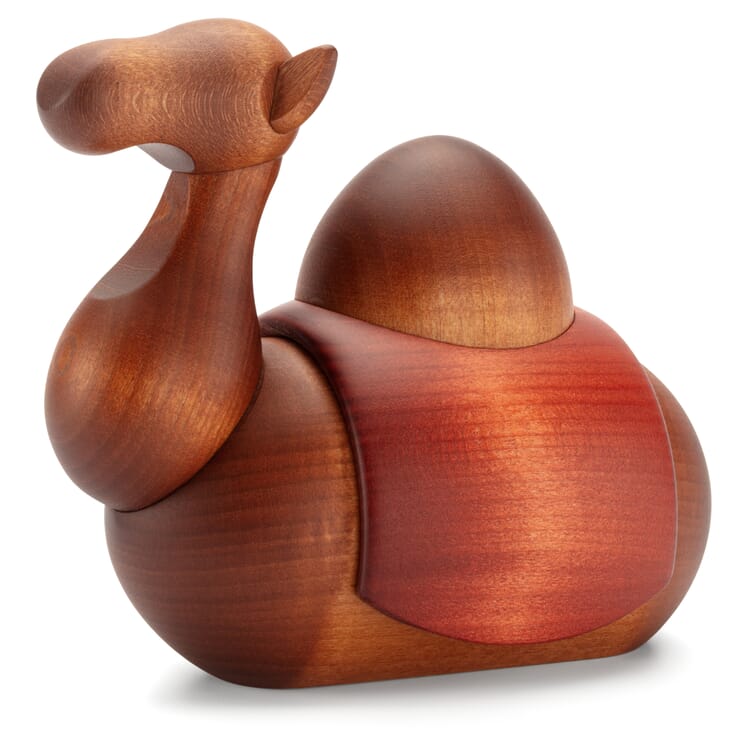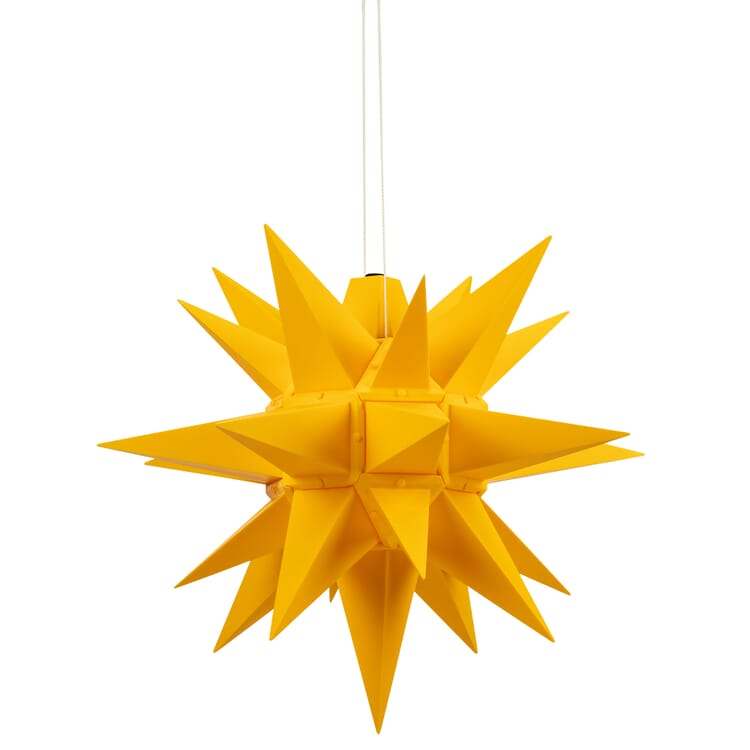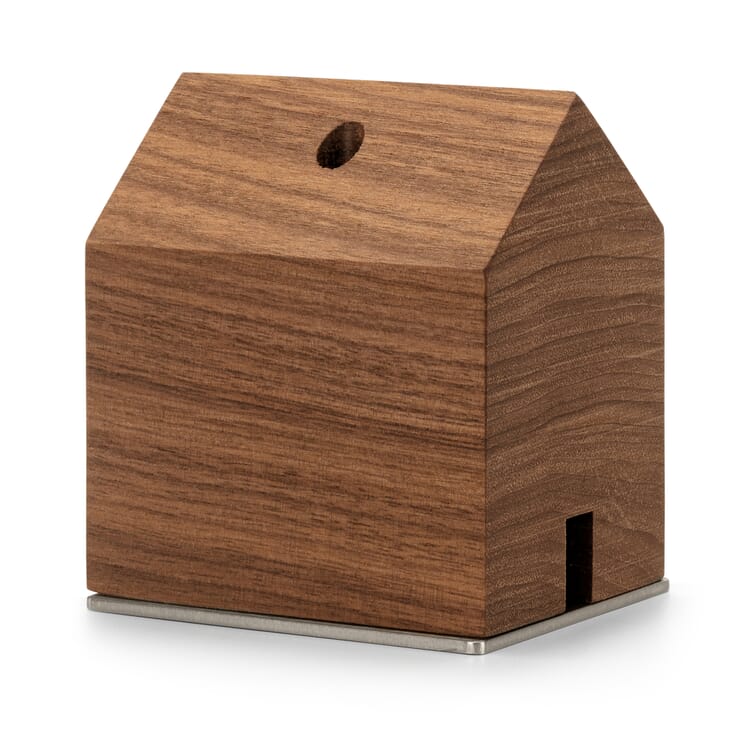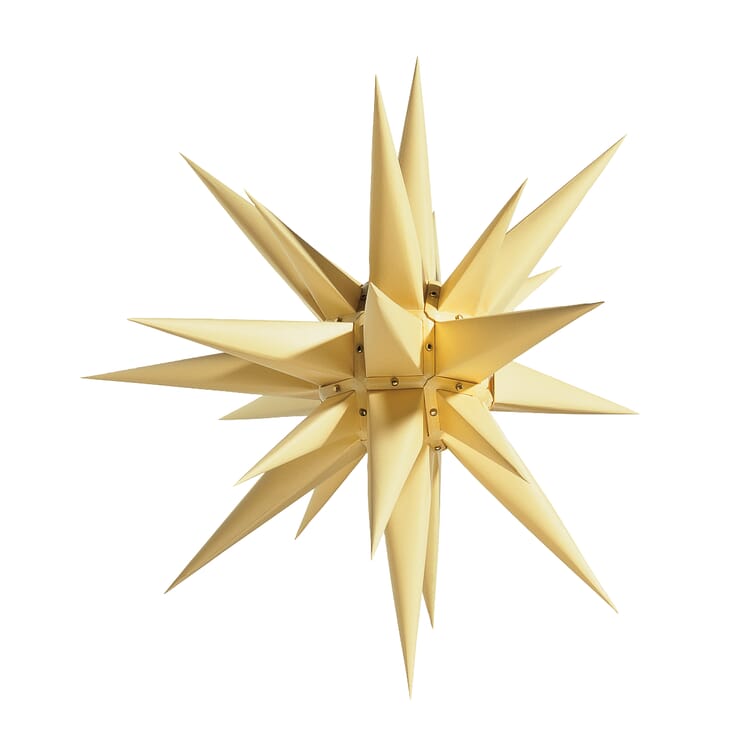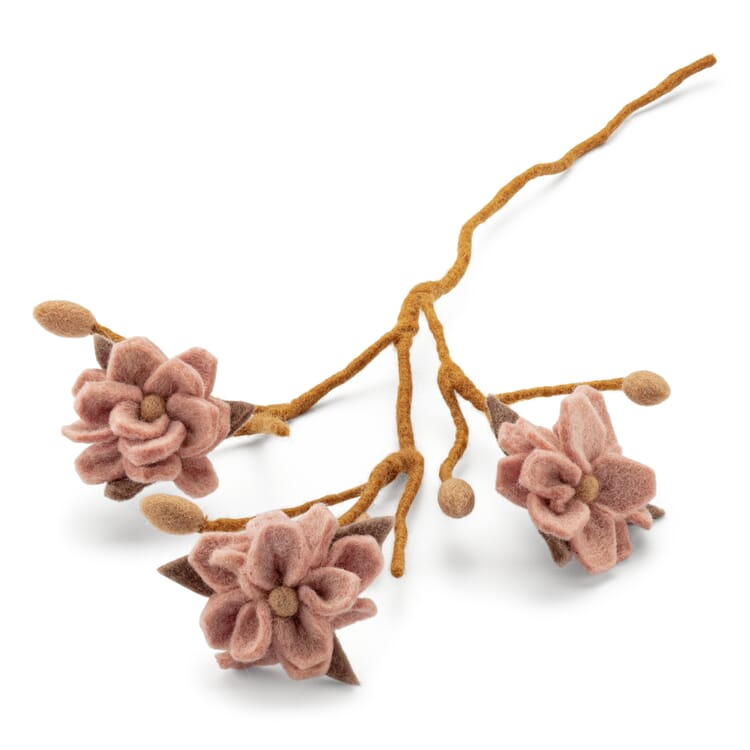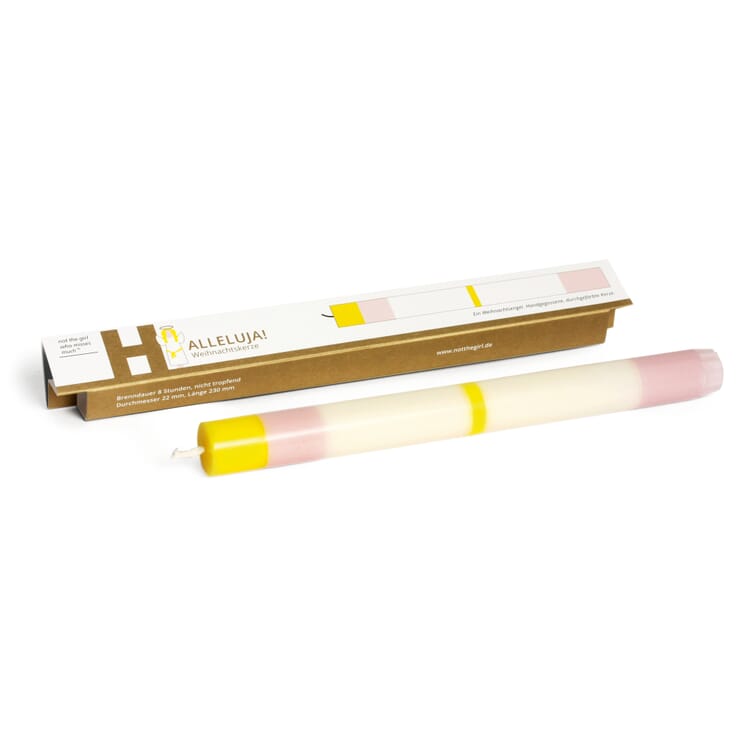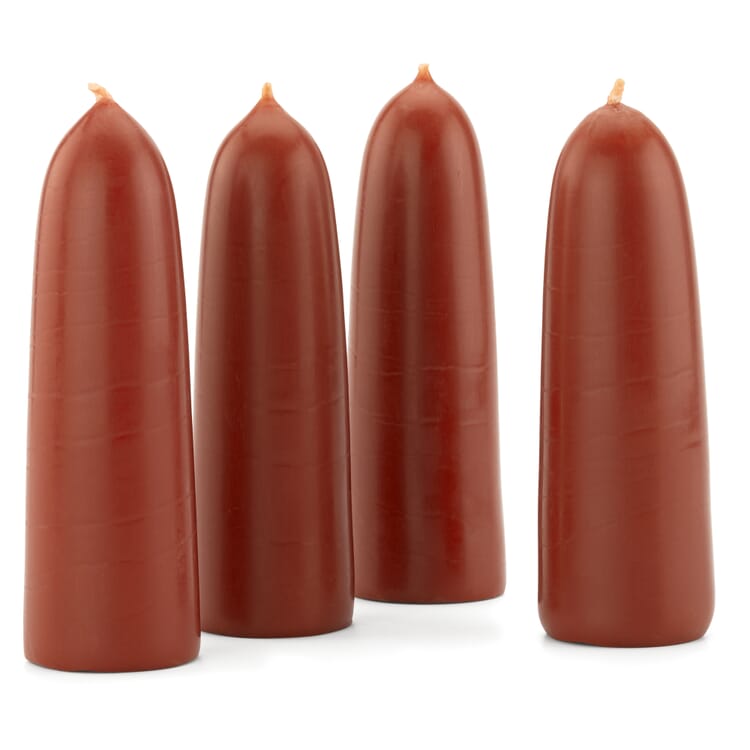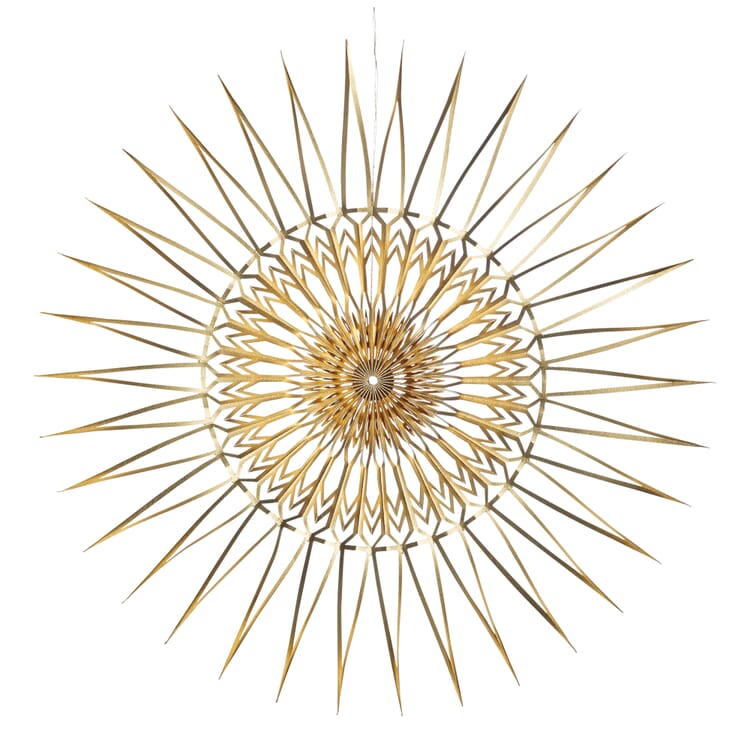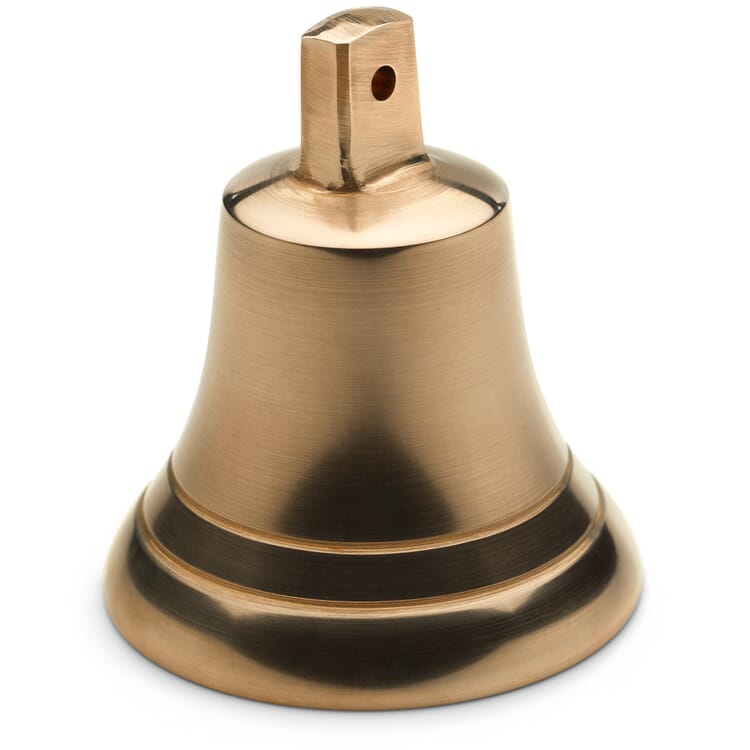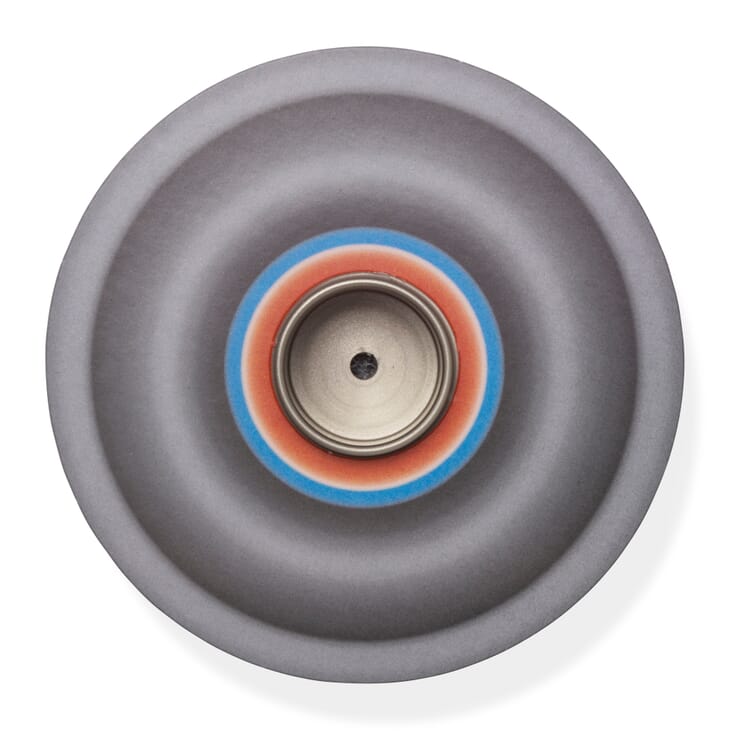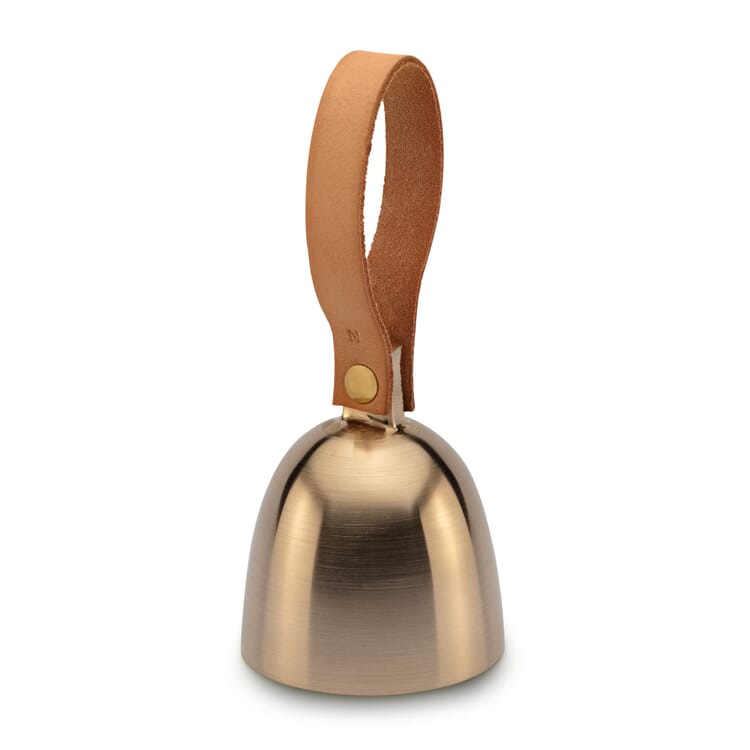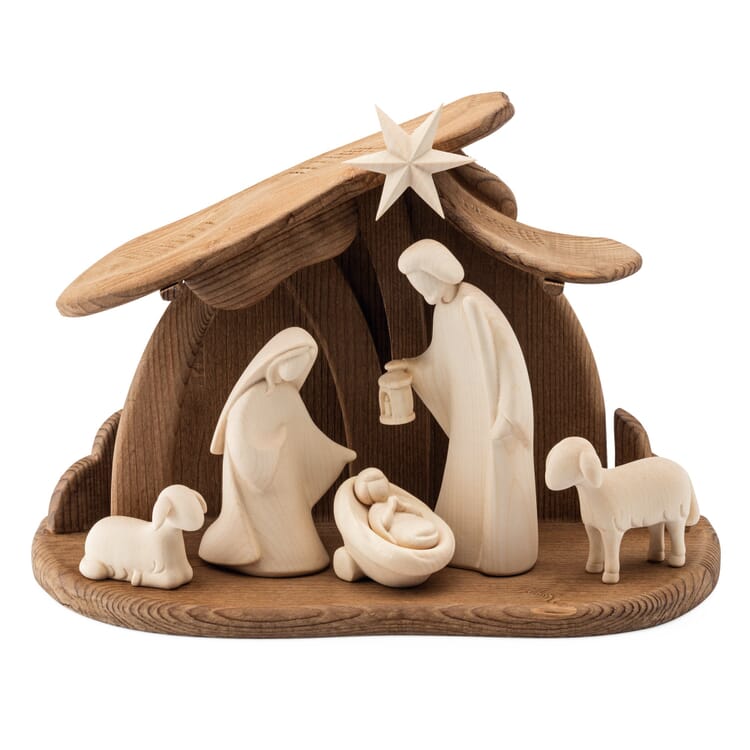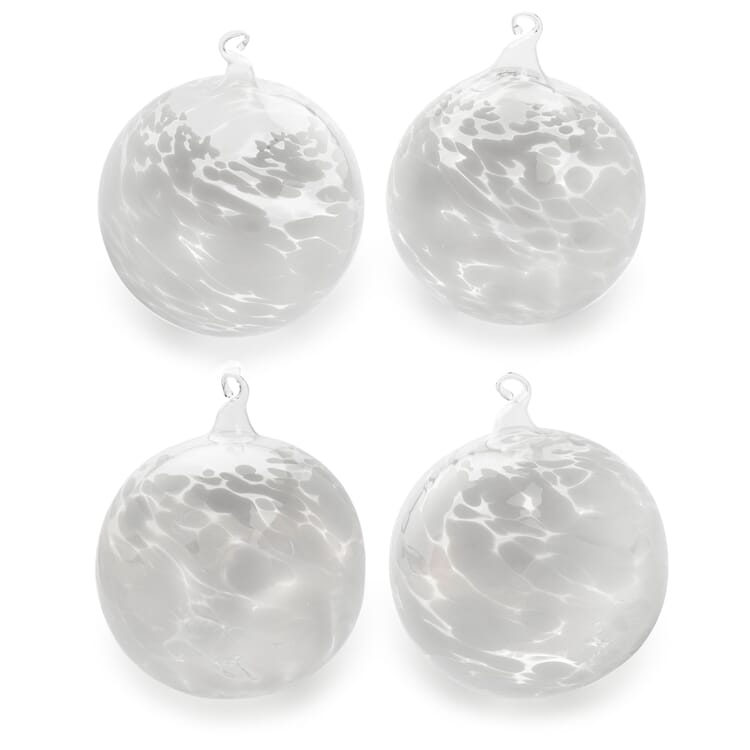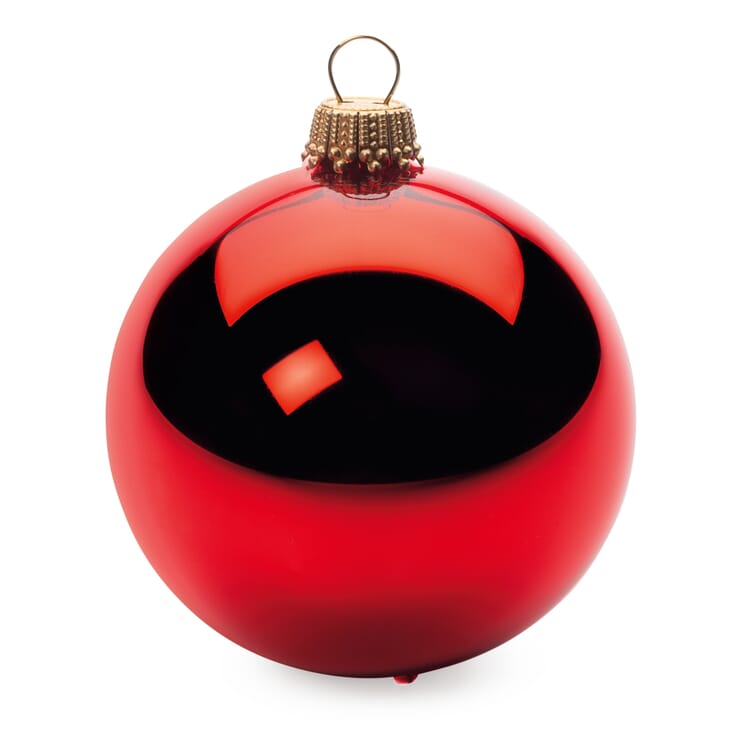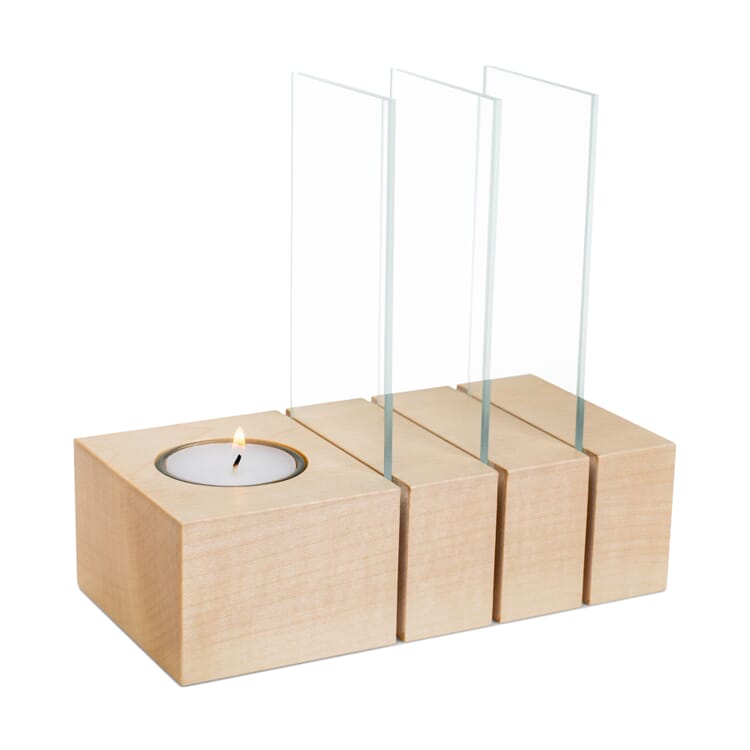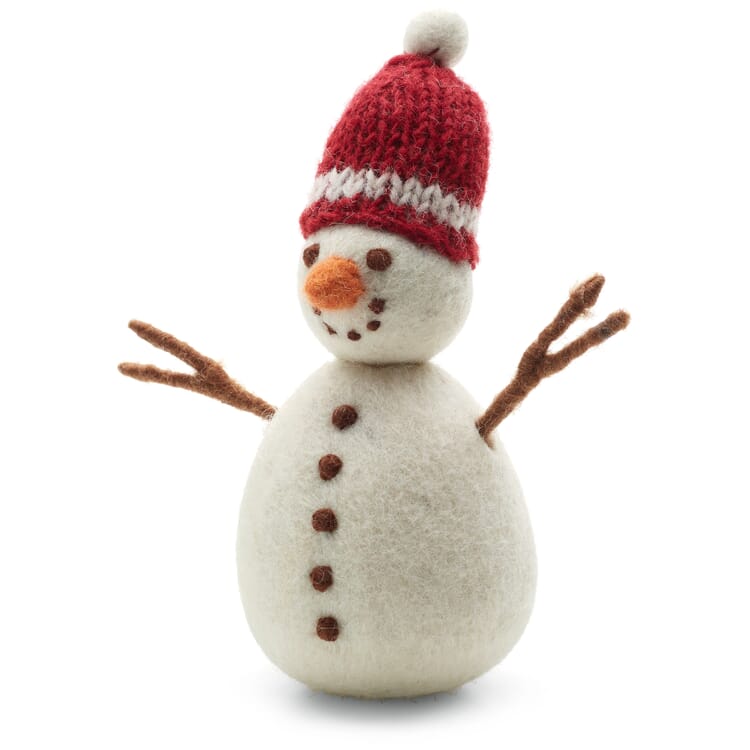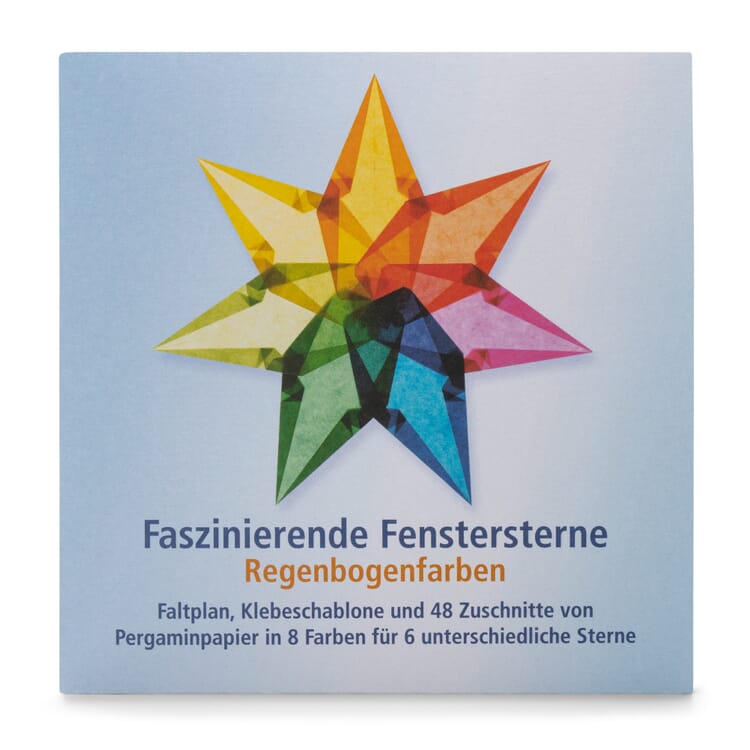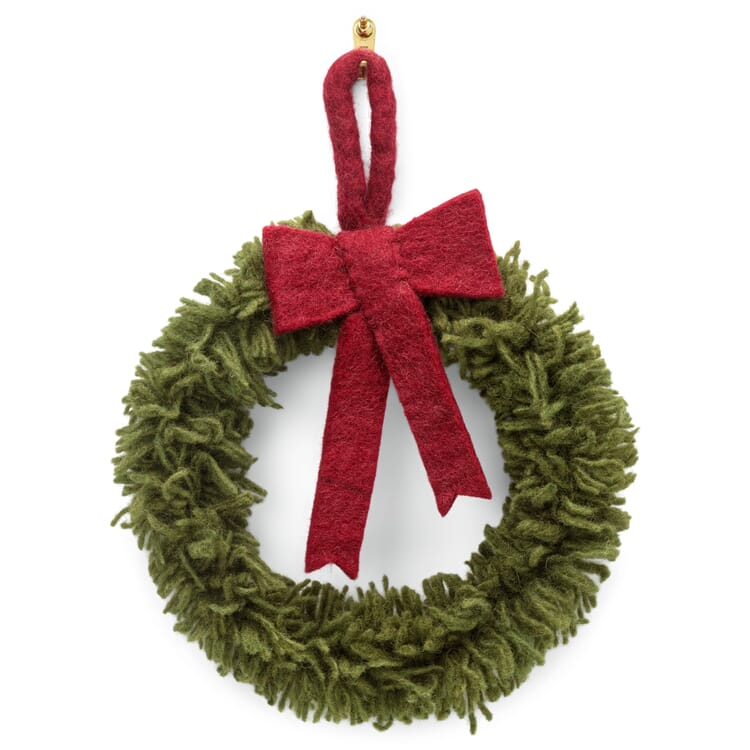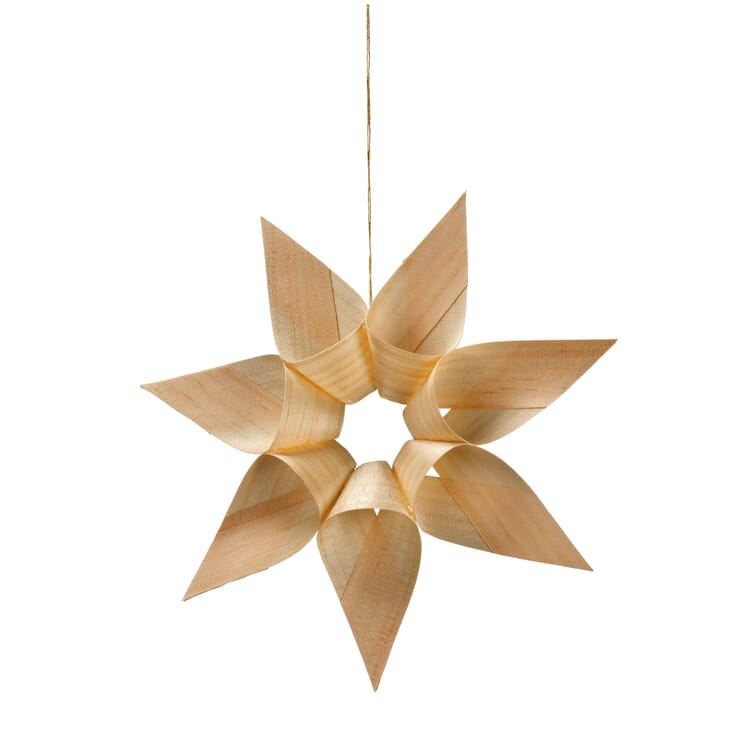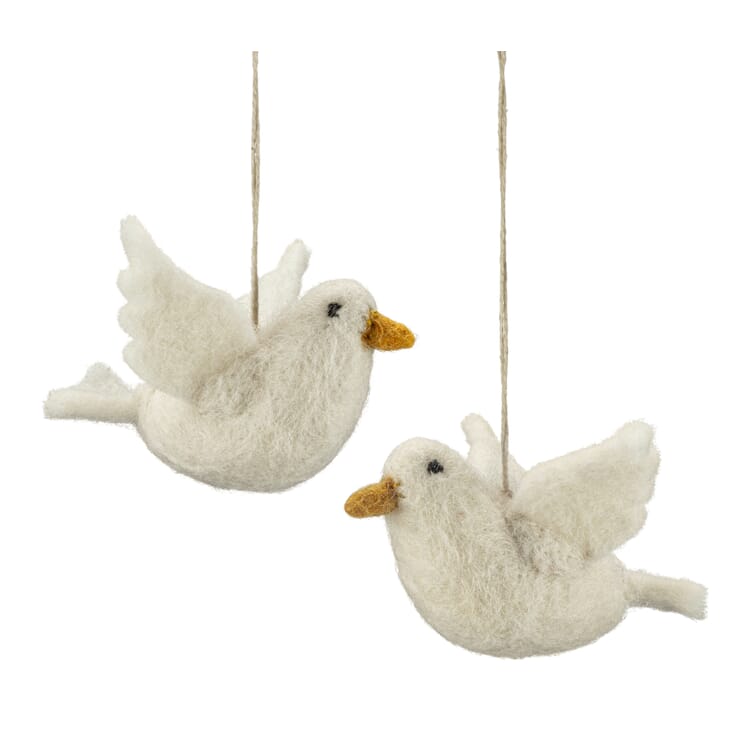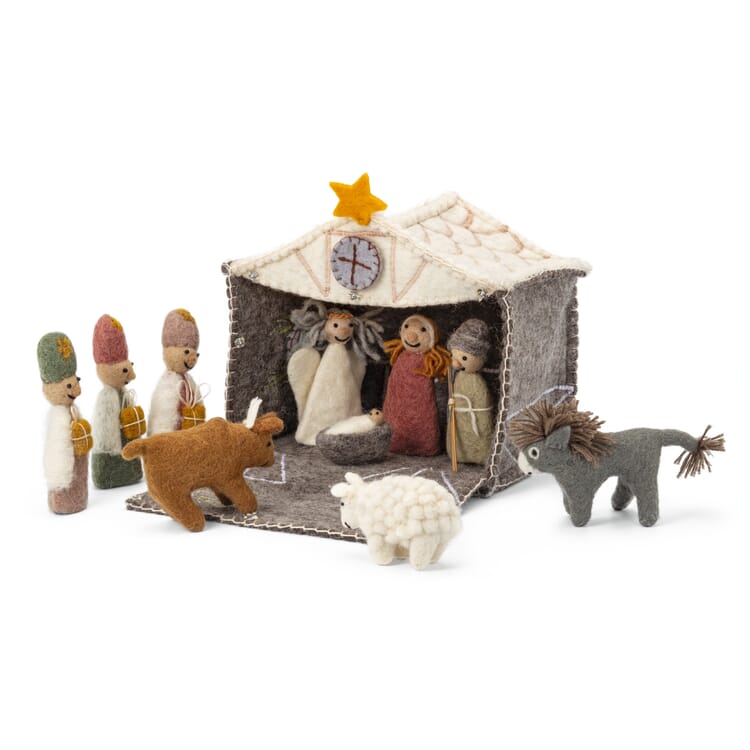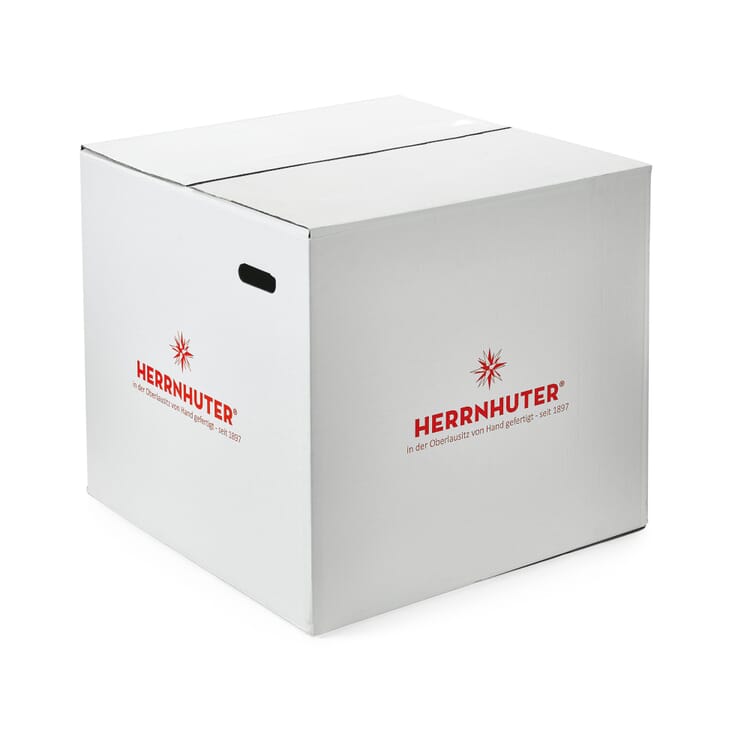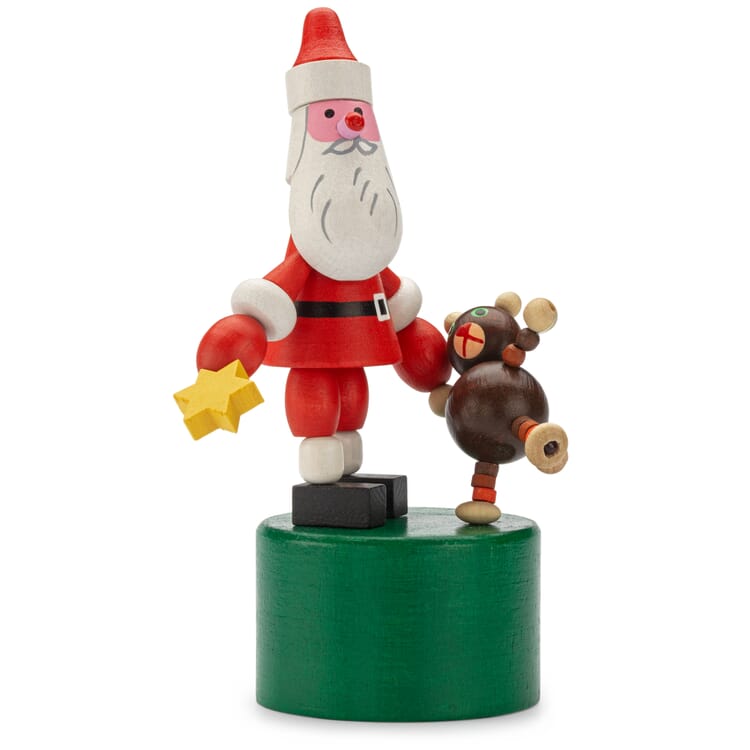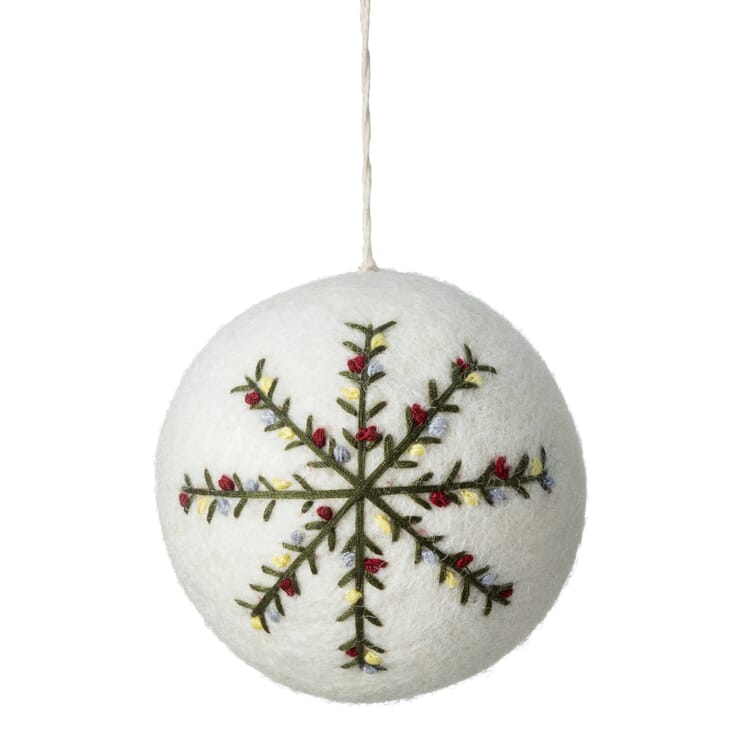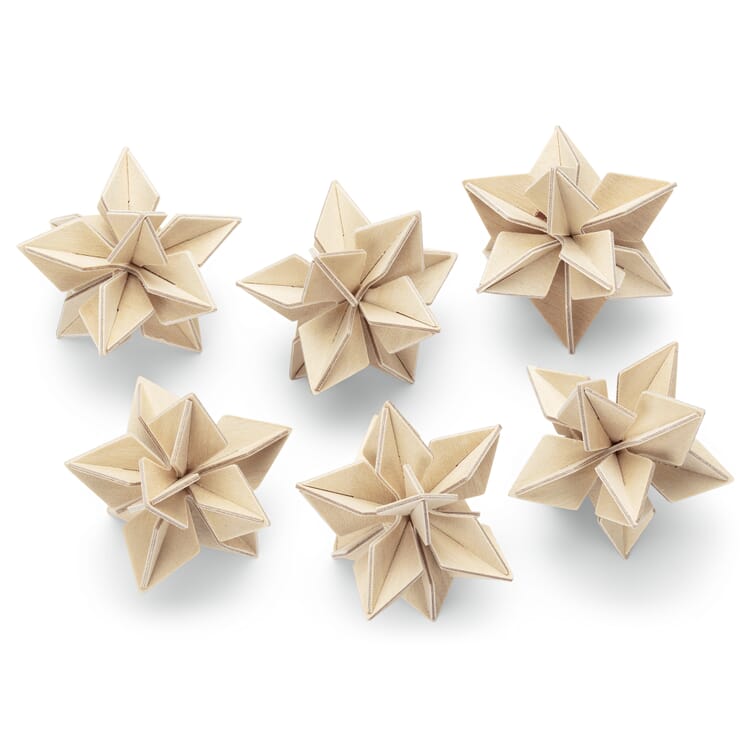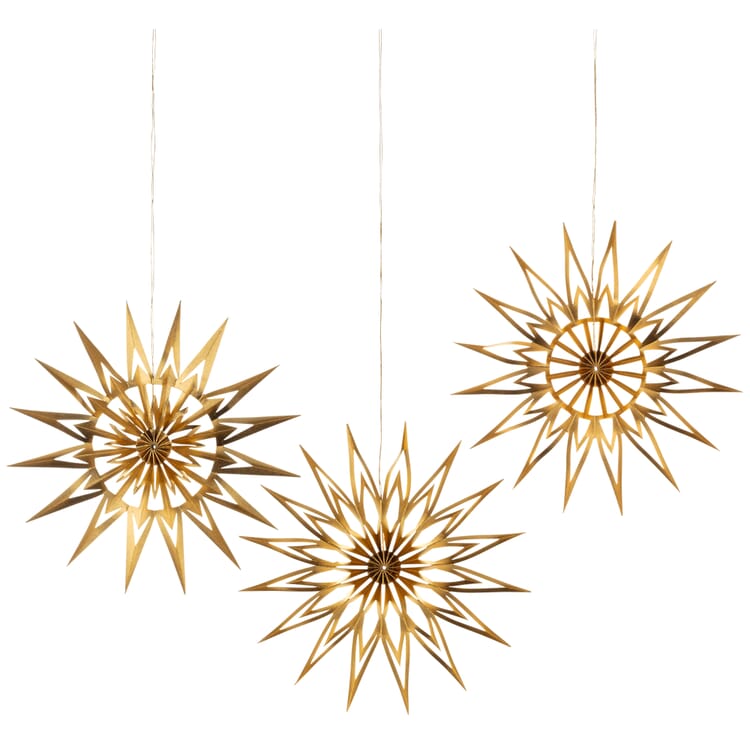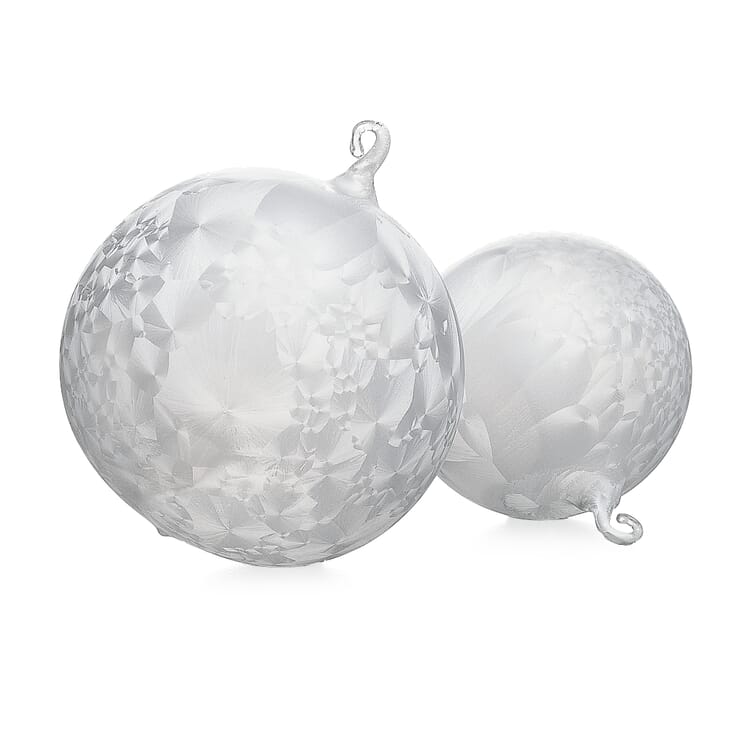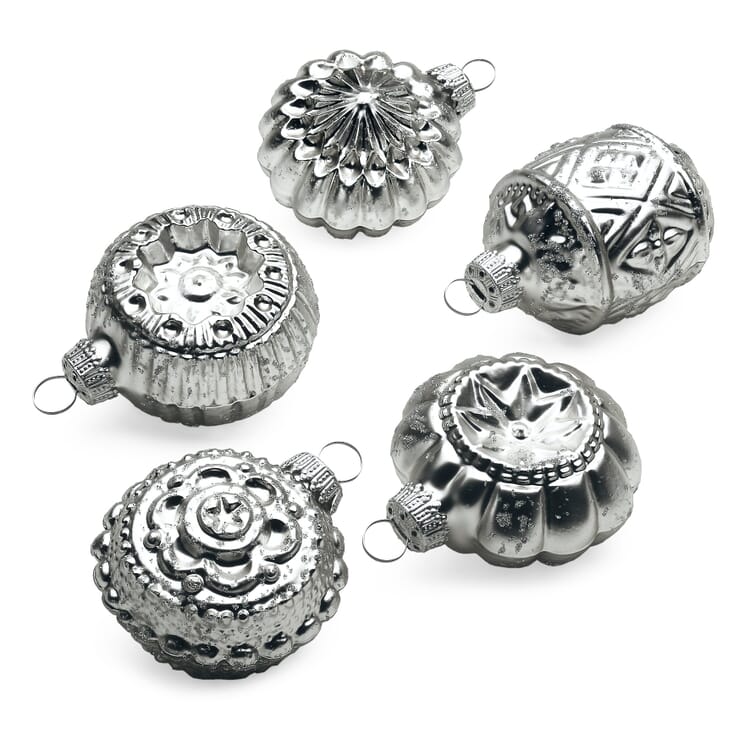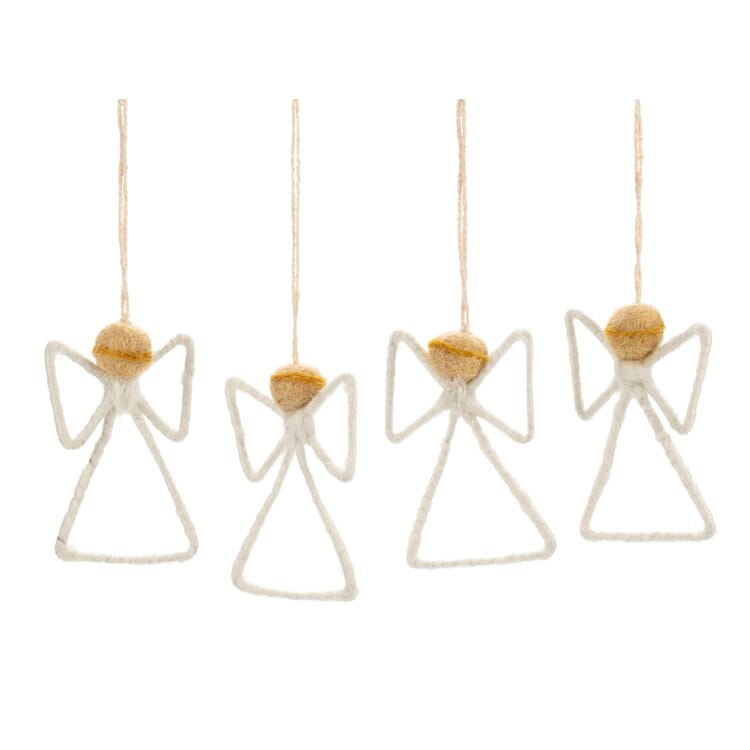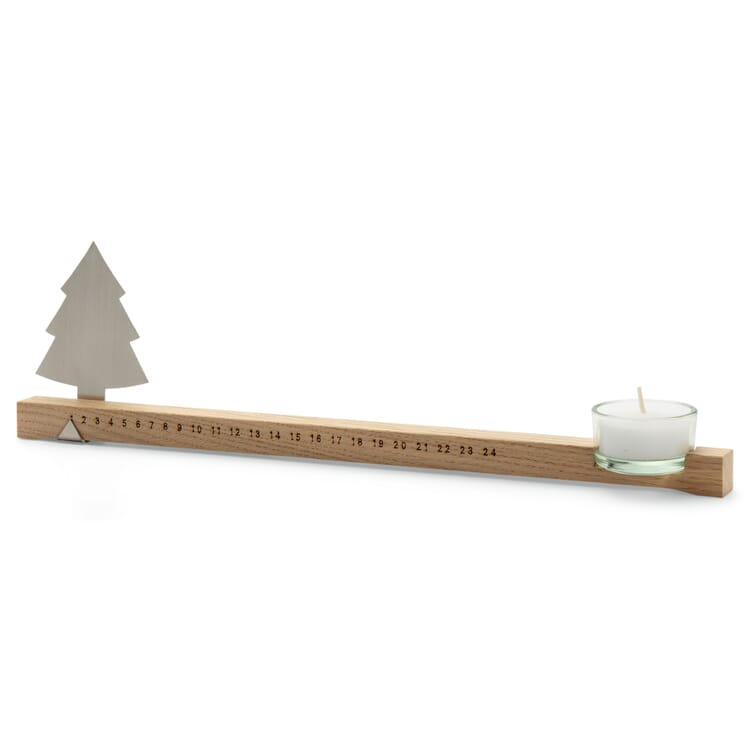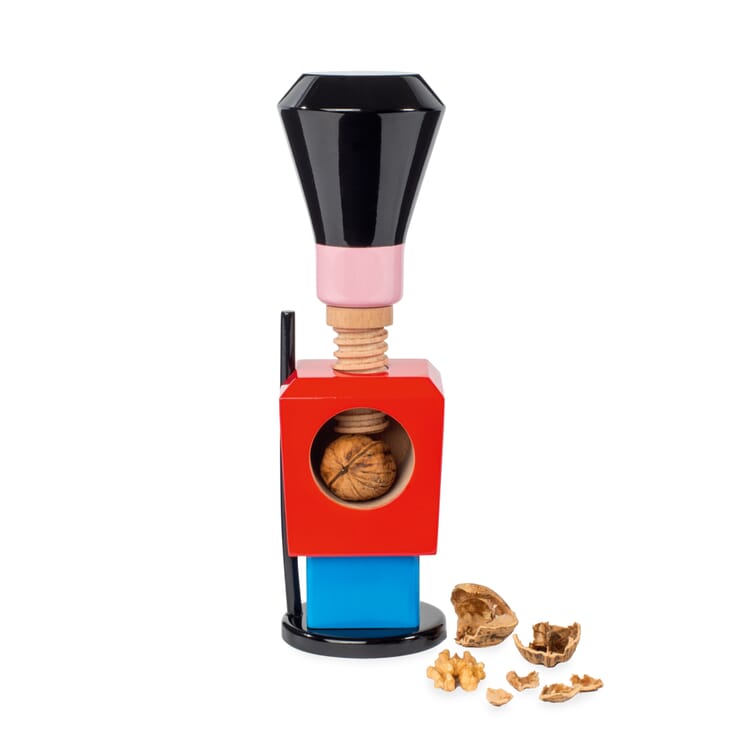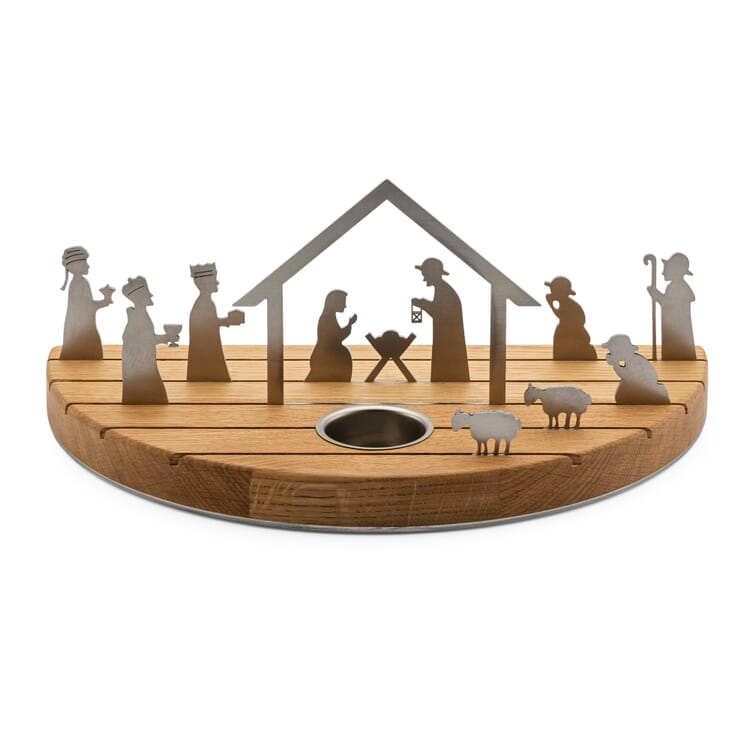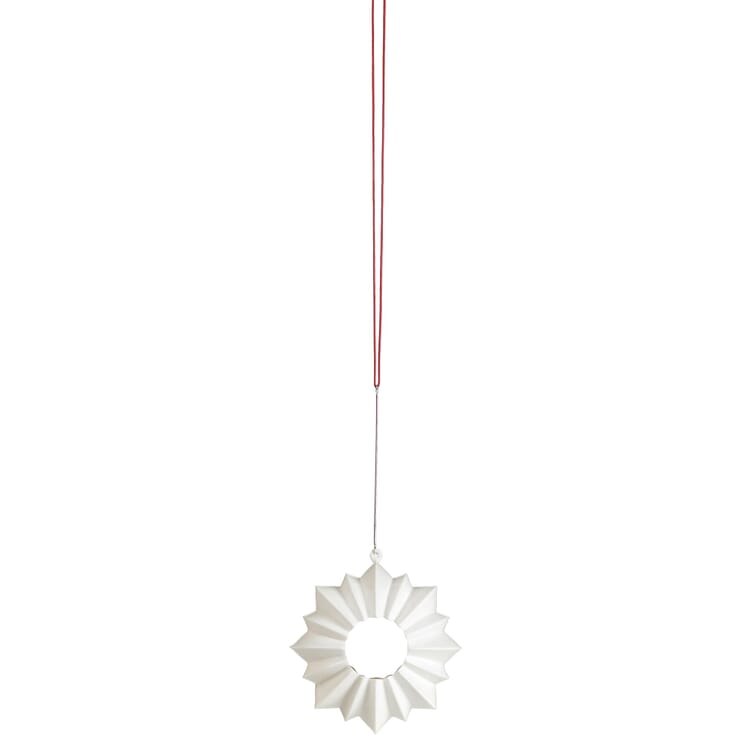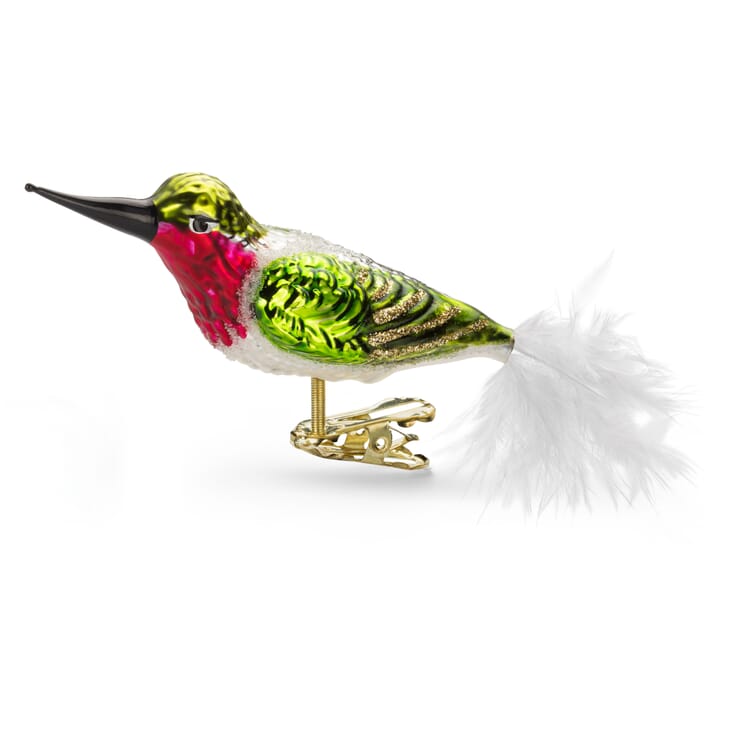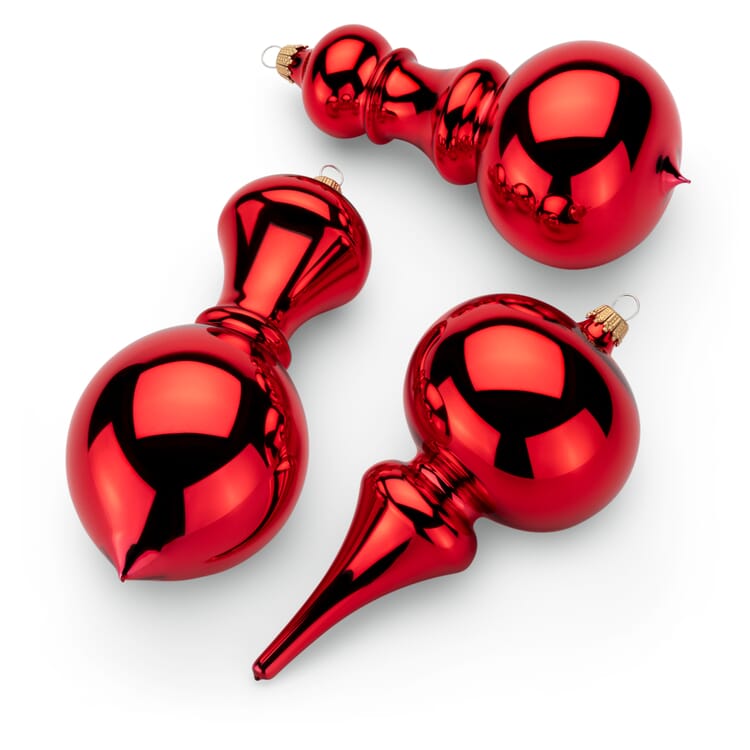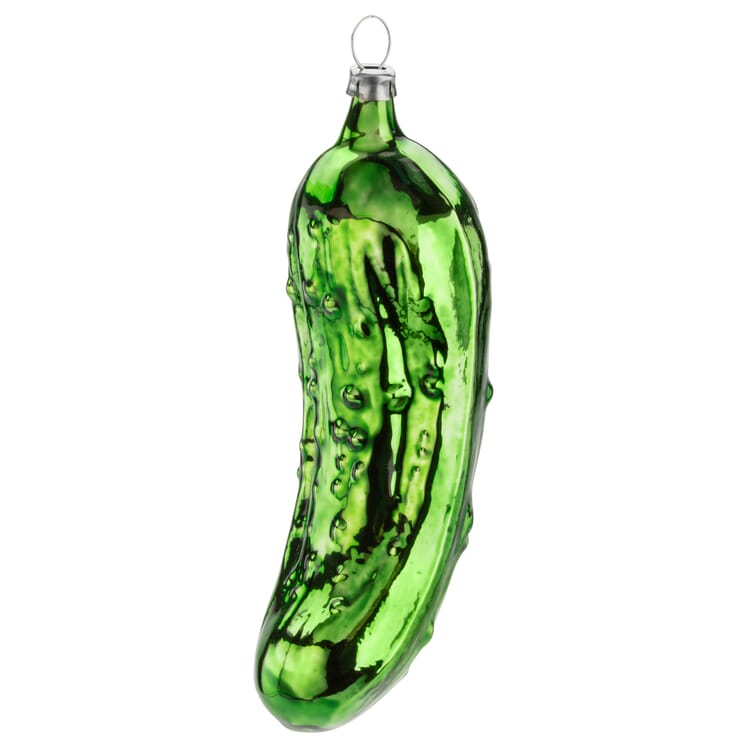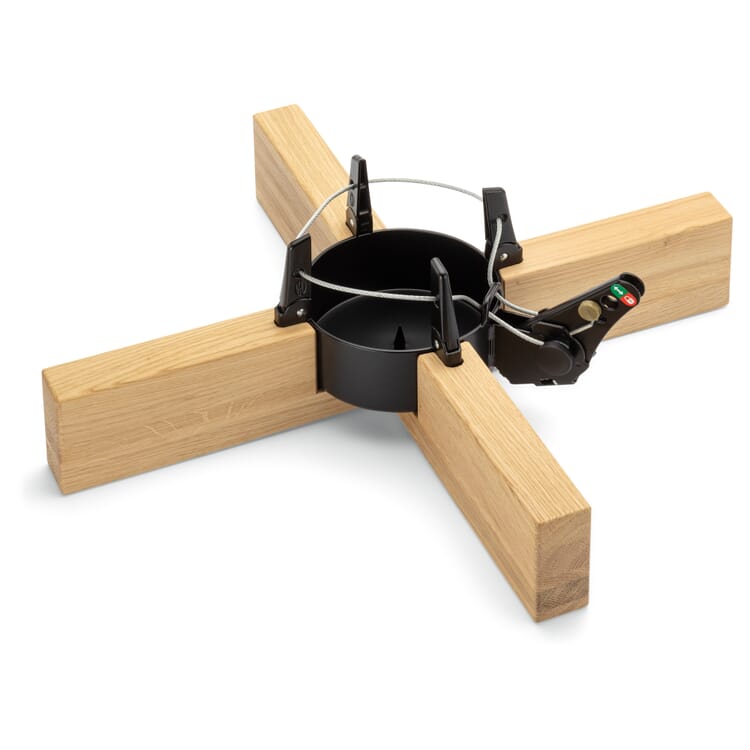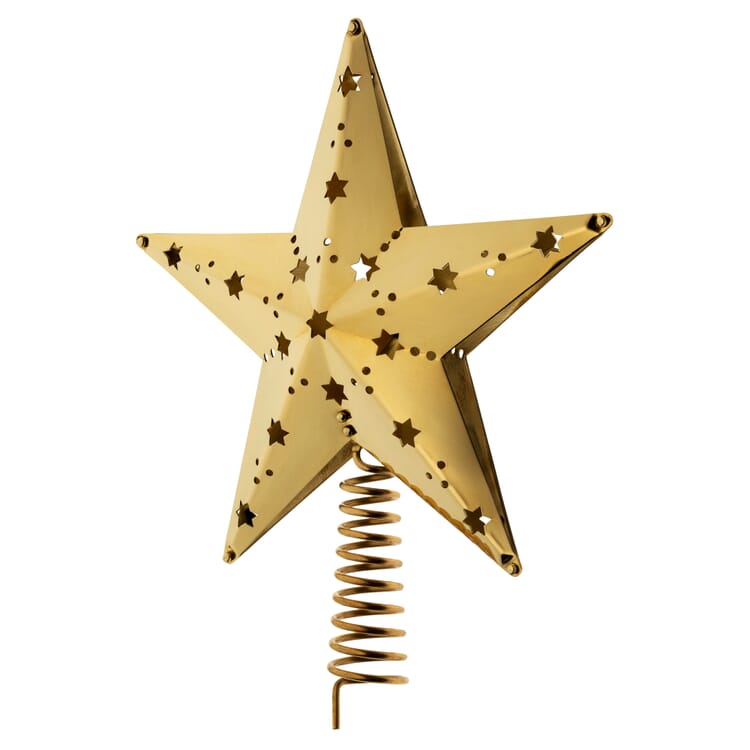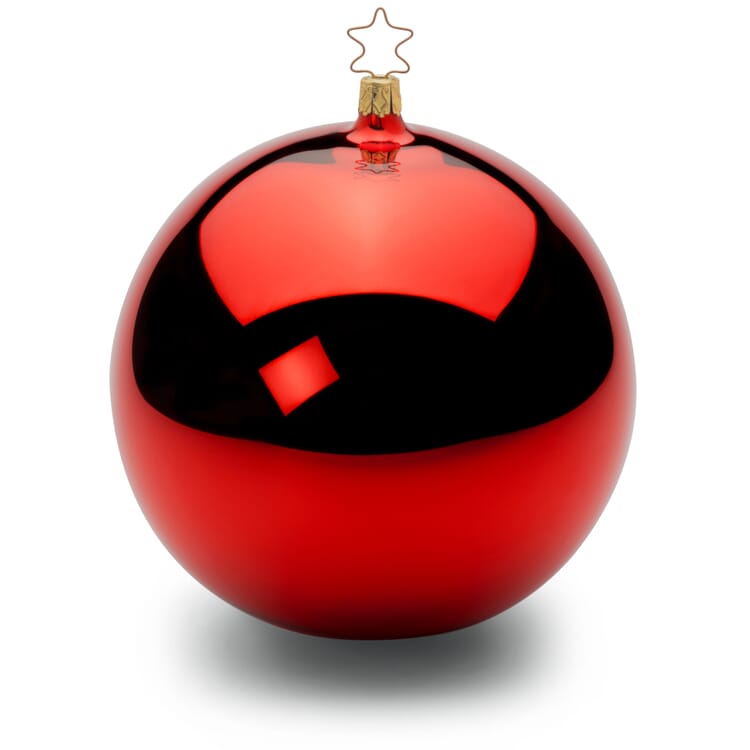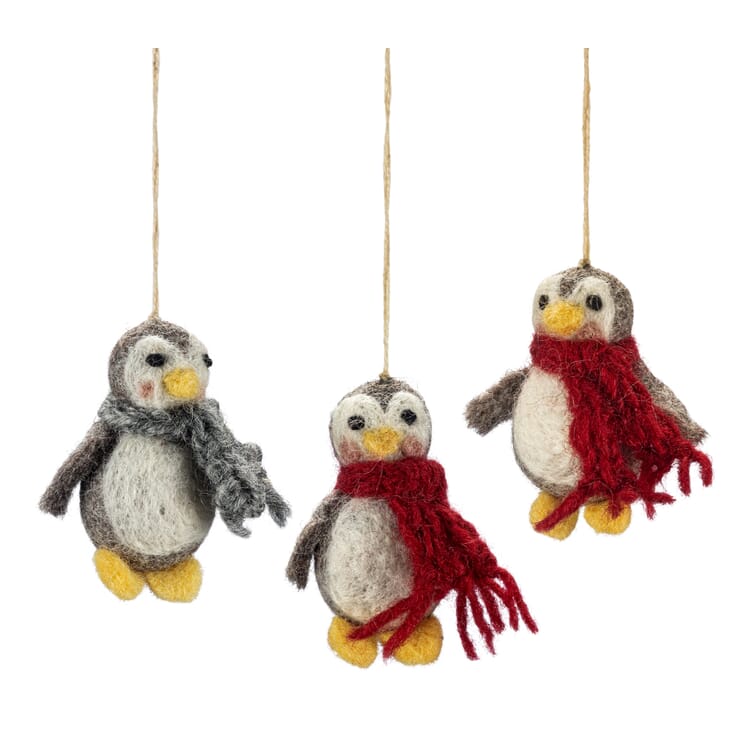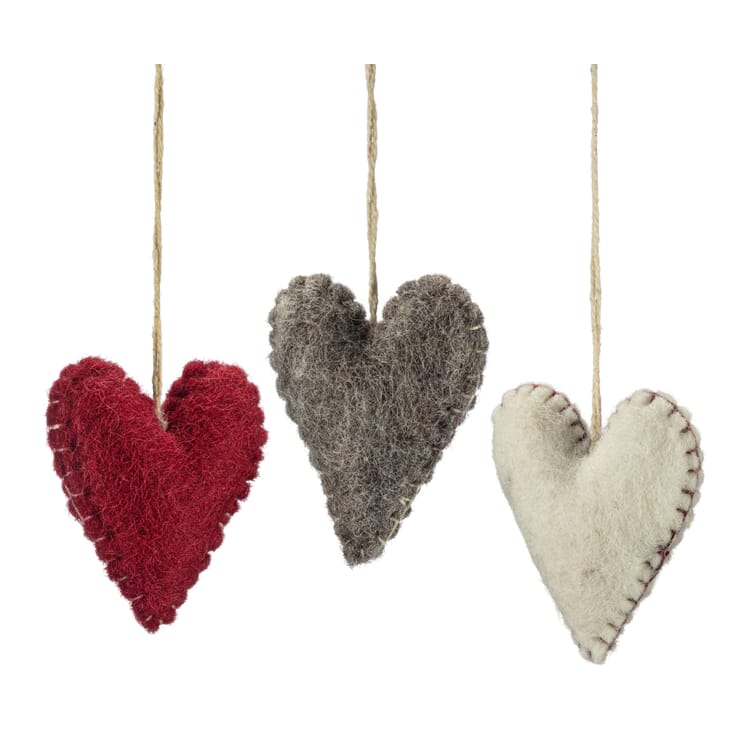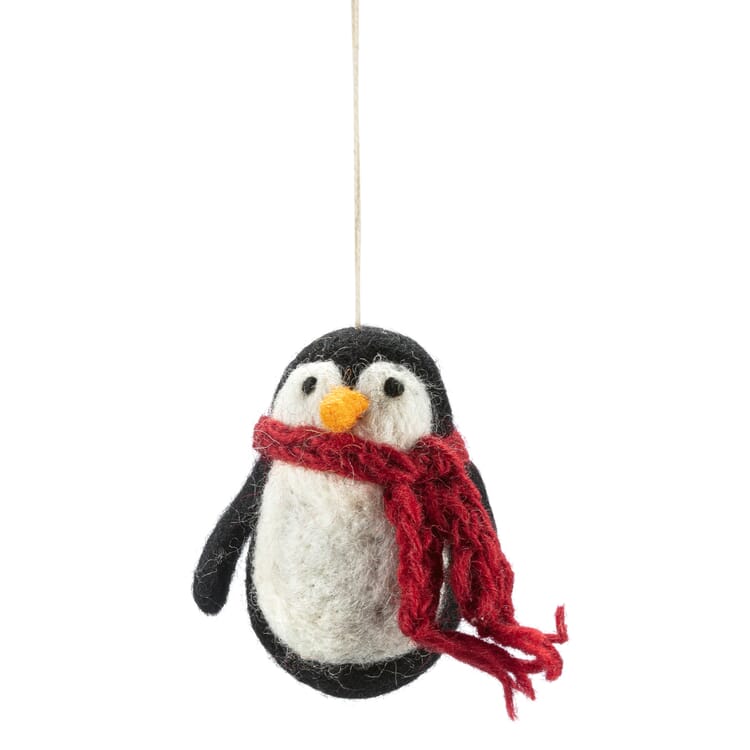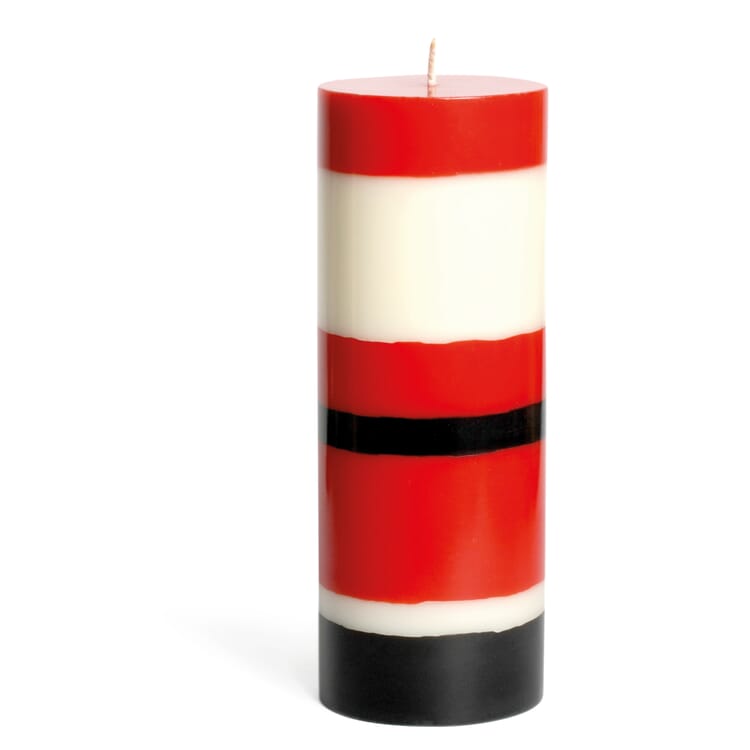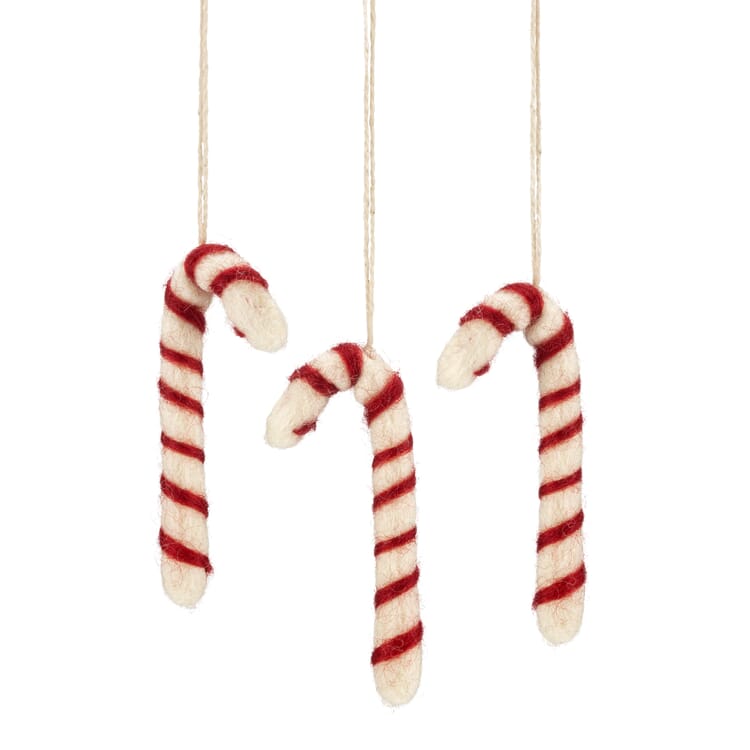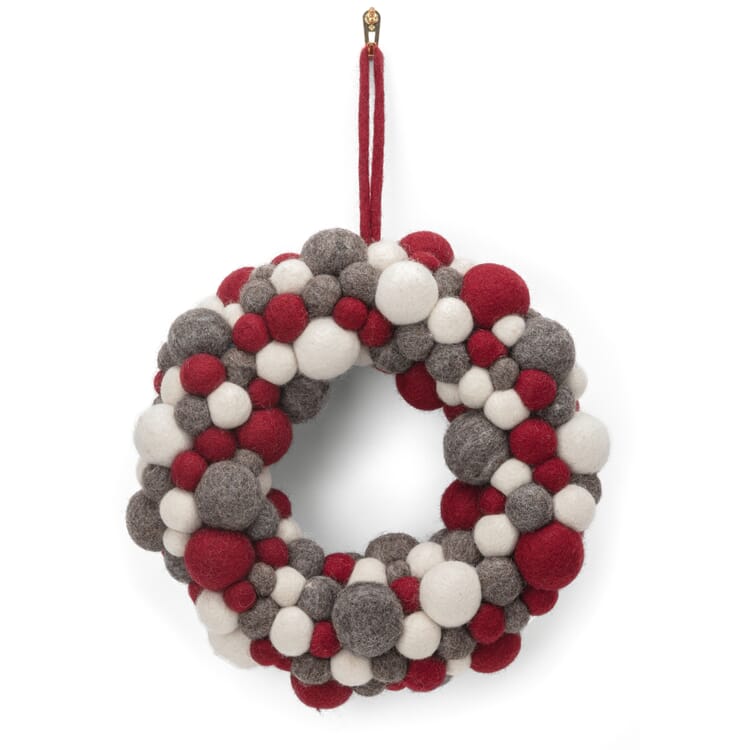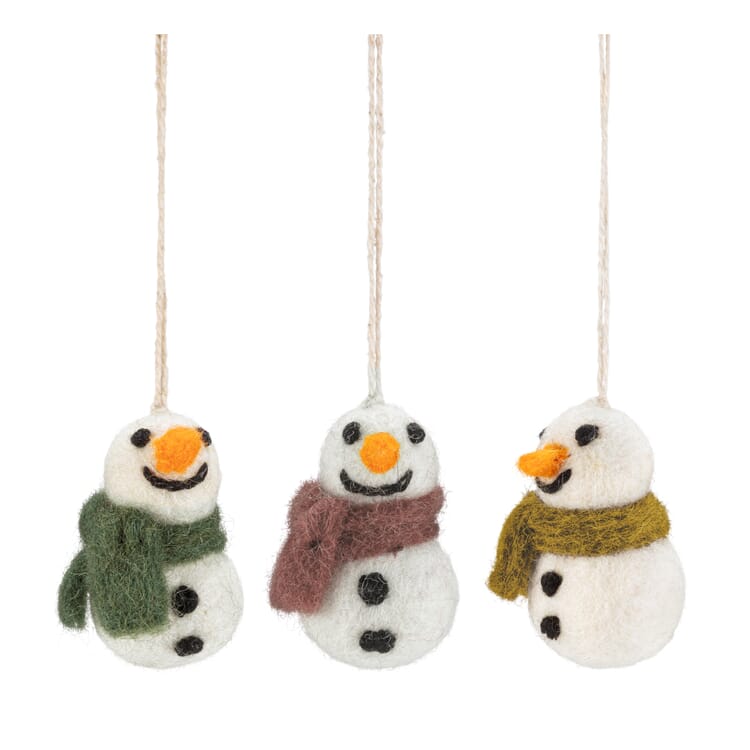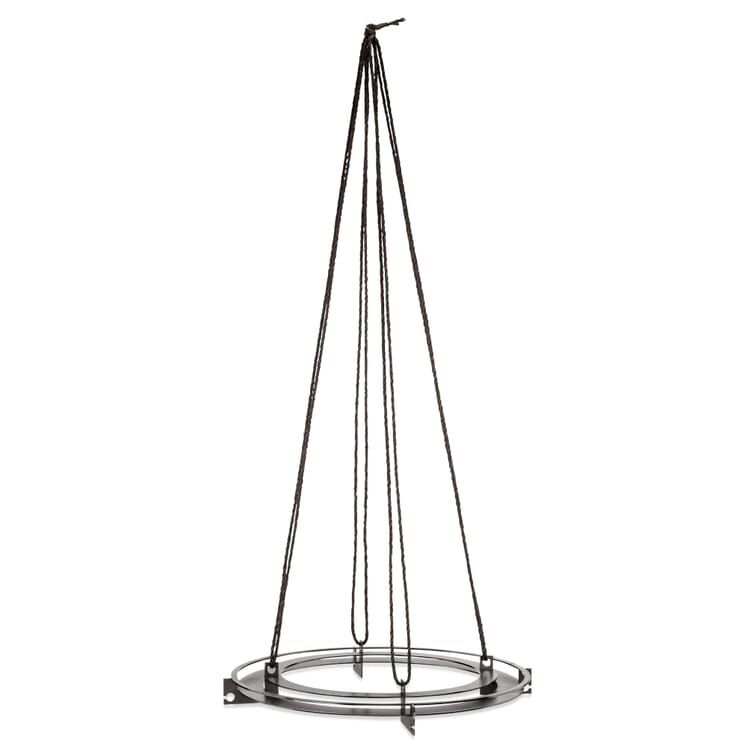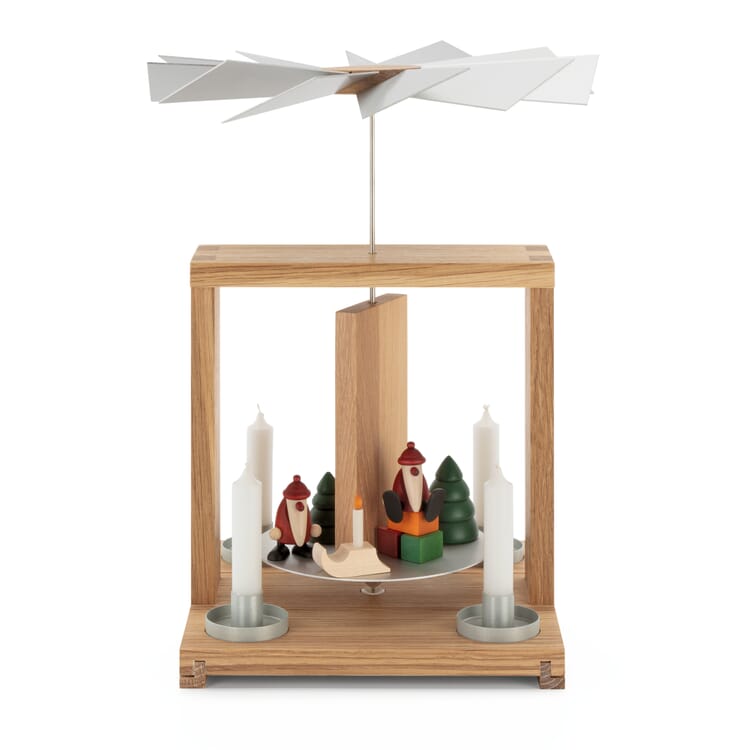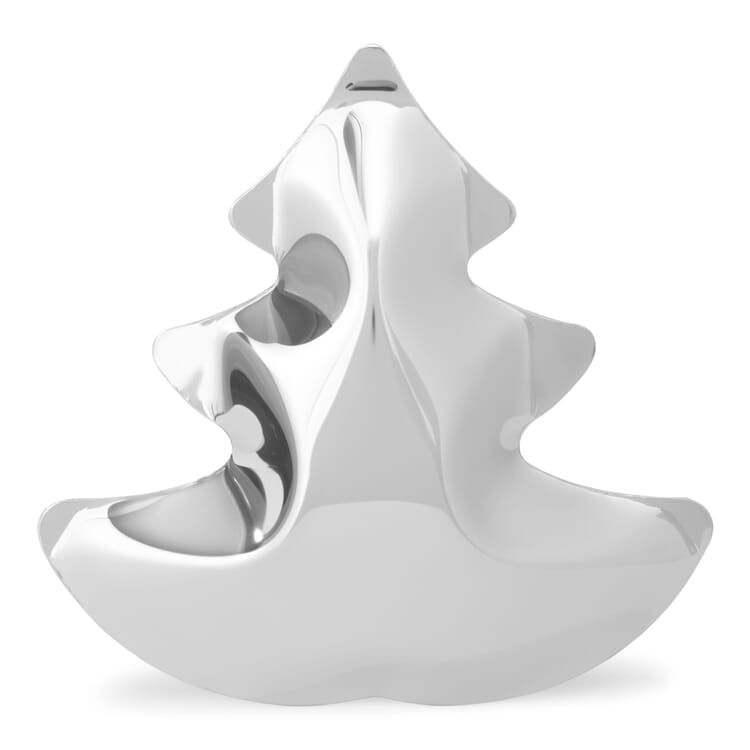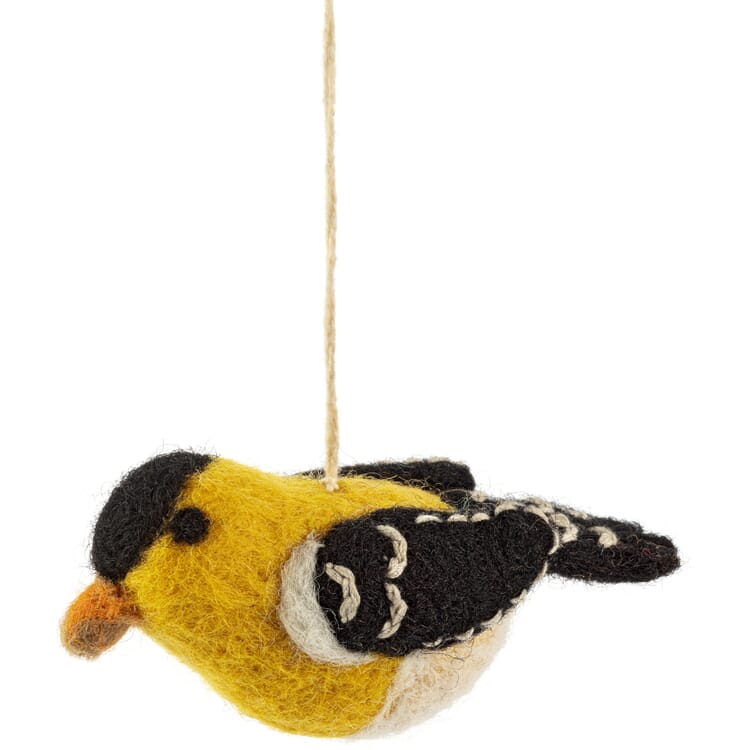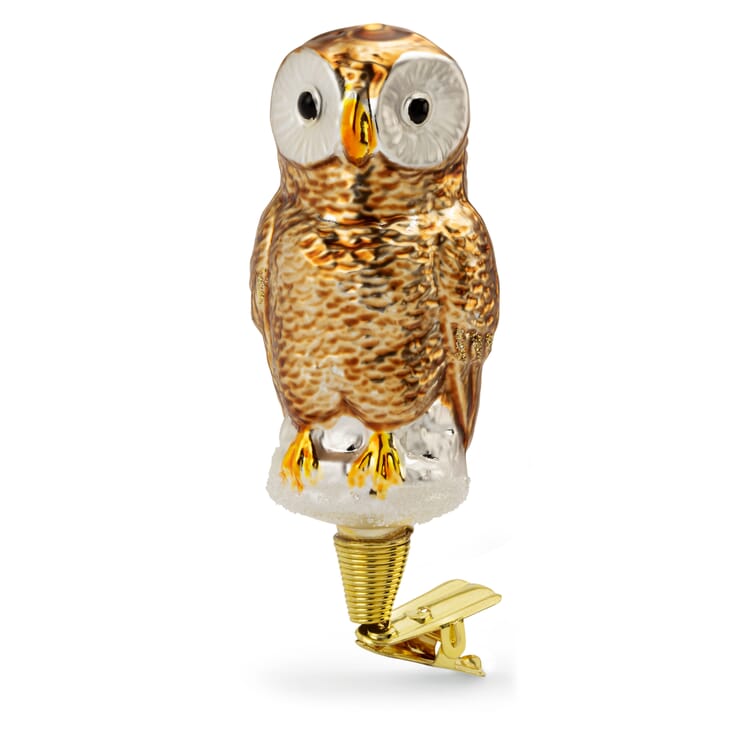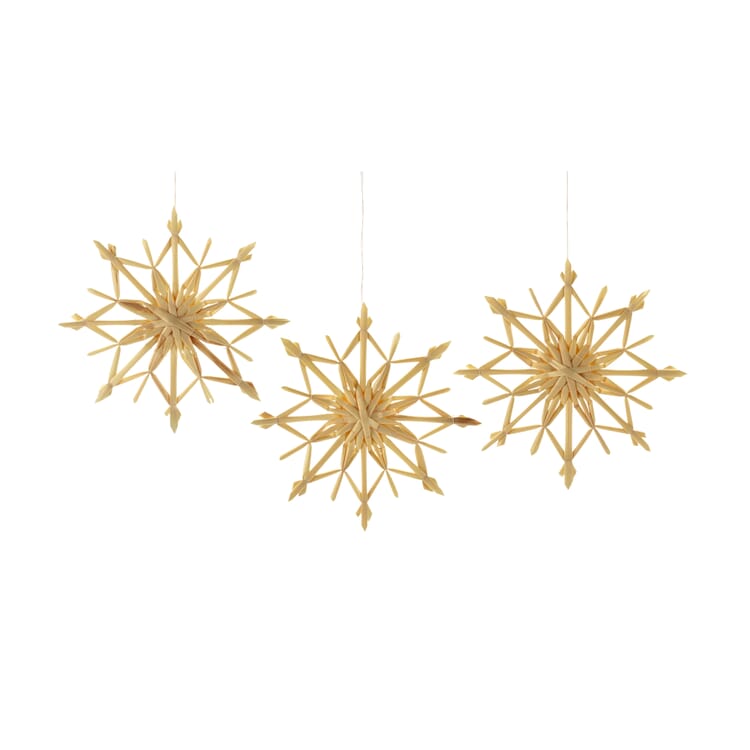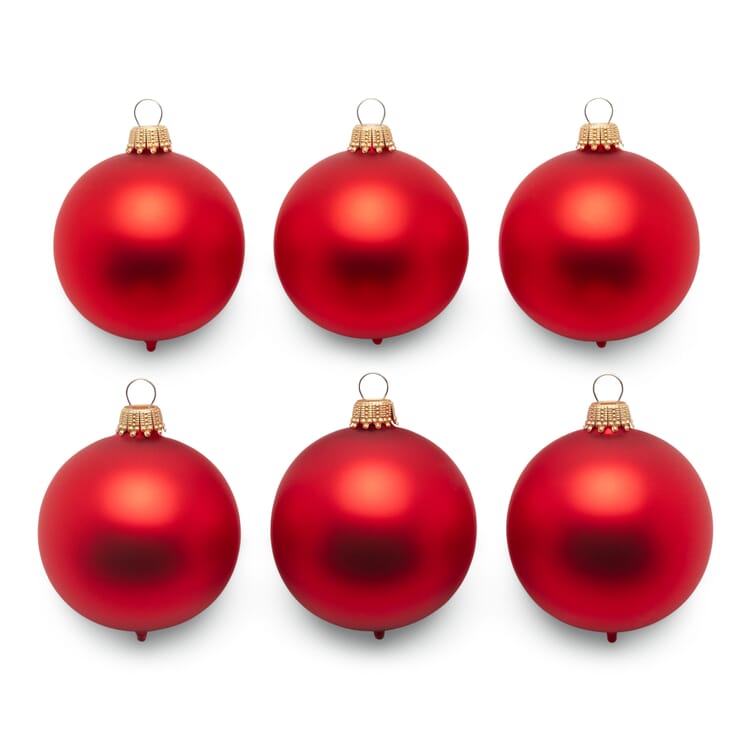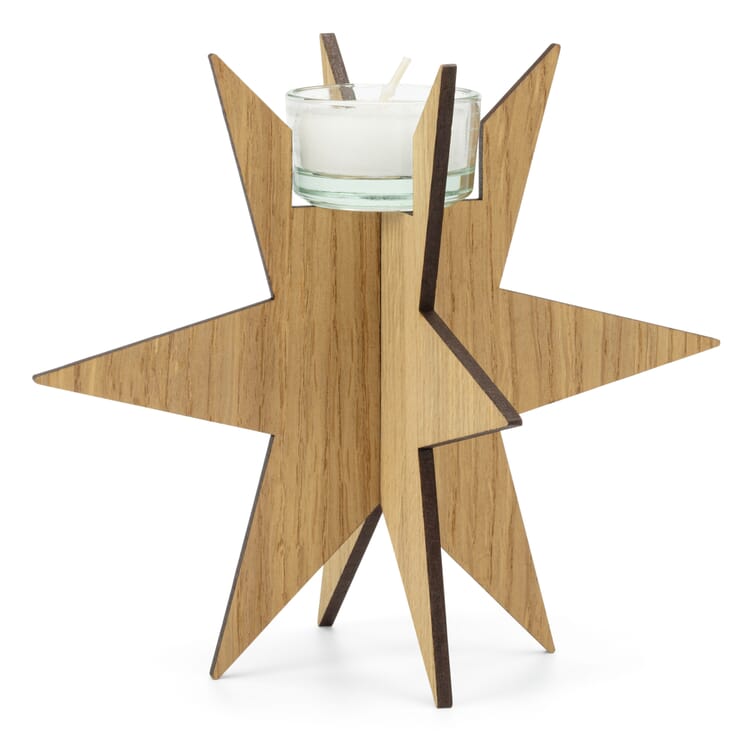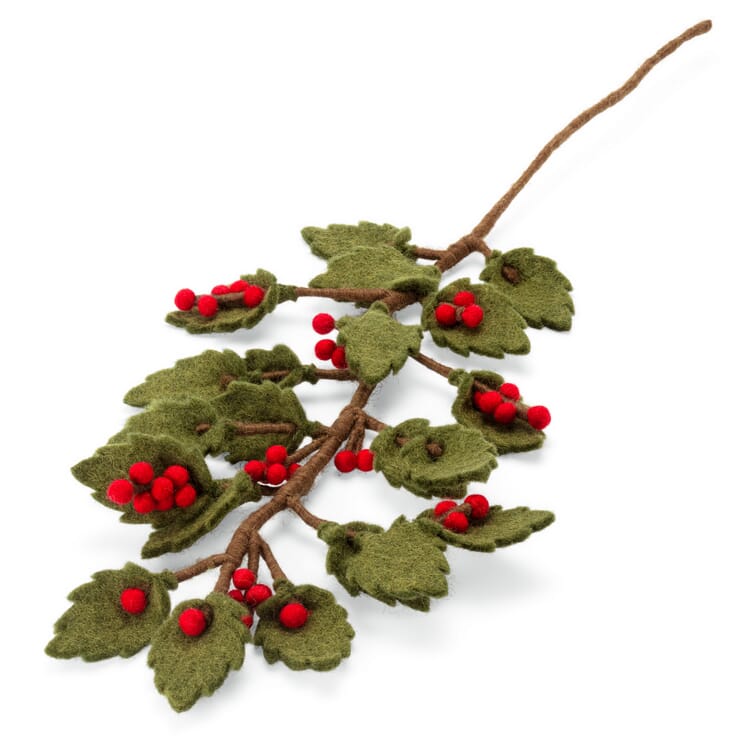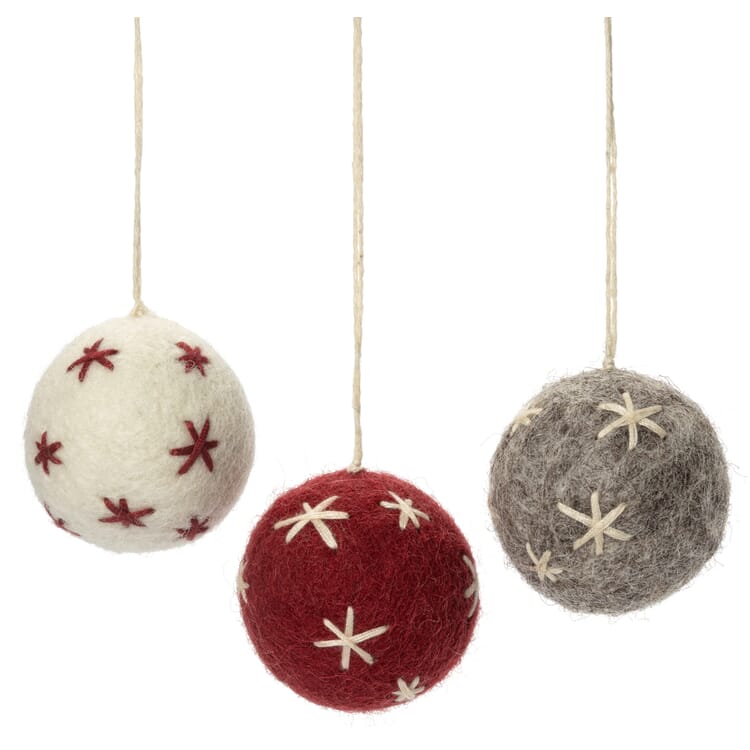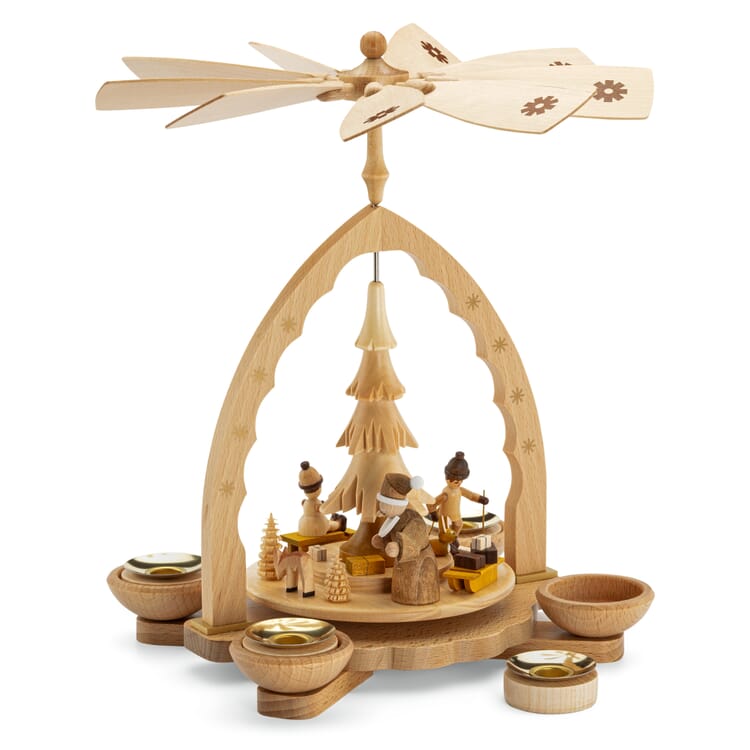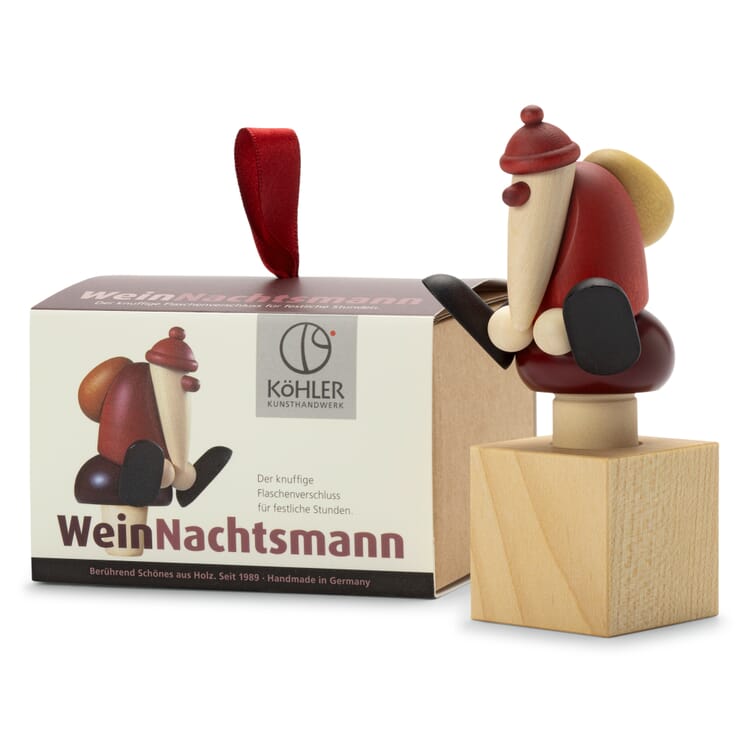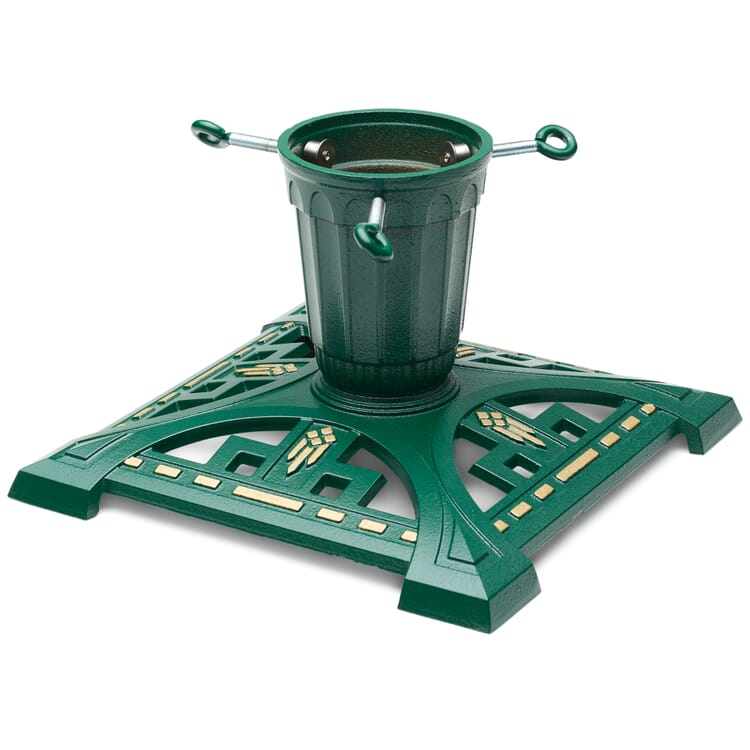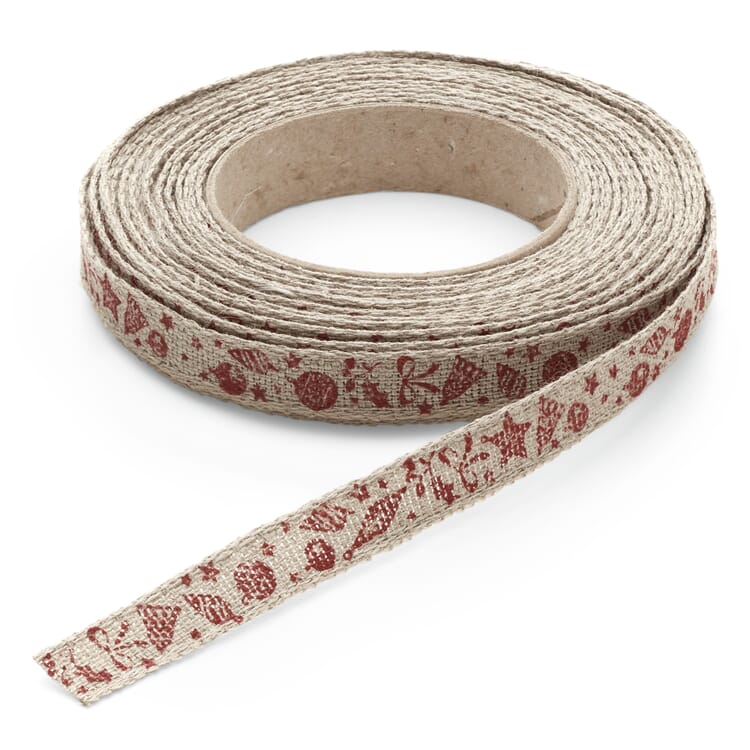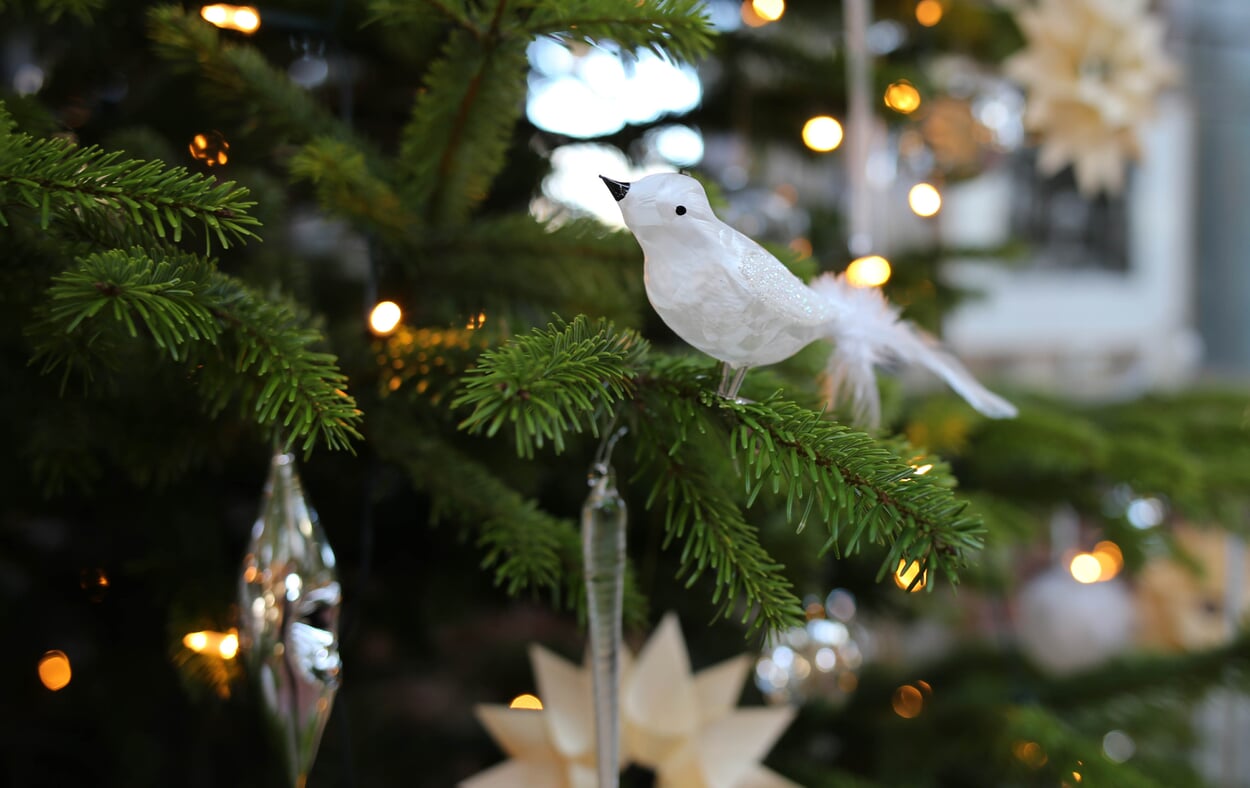Christmas Decorations
Christmas decorations take many different forms. In private homes, they can range from advent wreaths and light arches on window sills or decorative elements some might refer to affectionately, others disrespectfully, as knickknacks ... Read More
IDEAS & ADVICE
Traditional Christmas Decoration. Deck the Halls with Boughs of Holly.
Christmas decorations take many different forms. In private homes, they can range from advent wreaths and light arches on window sills or decorative elements some might refer to affectionately, others disrespectfully, as knickknacks (which can vary in quantity) to the centrepiece of every Christmas celebration, a magnificently decorated tree. In many parts of the world, the Christmas crib is also an essential part of decorations. Given that taste it is a notoriously controversial subject – though far be it for us to argue – we are merely presenting our idea of timeless, high-quality Christmas decorations that have the potential to give pleasure to people for many years to come, not just in 2018. Because they are part of a long tradition or they have what it takes to become a tradition of their own.
How Trees – and Christmas Tree Decorations – Were Brought into Homes.
Christmas trees are actually not as old as you might think. They were first mentioned (in a form and function that is comparable with today's trees) in a document in Alsace in 1605. "At Christmas, they set up fir trees in the parlours of Strasbourg and hang thereon roses cut out of many-coloured paper, apples, wafers, gold foil, sweets, etc.," notes a town chronicle. The "parlours" that are referred to, and with them the Christmas trees, however, were the preserve of the well-to-do since conifers were still rare in Central Europe at that time and correspondingly expensive. The ornaments used to embellish the evergreen boughs, the first Christmas decorations, consisted of sweets, nuts and fruit, especially apples, later gingerbread, the occasional fir cone and other natural objects, sometimes colourfully decorated or adorned with silver or golden paint, and, year after year, were handmade anew by members of the family. And even though new trends emerged in Christmas tree decorations, the edible variety continued to dominate until the late 19th century.
The concept of a Christmas tree did not really catch on across Germany (and from there elsewhere in Europe and then the rest of the world) until the 19th century, having become increasingly popular in the 18th century. This was because the custom was adopted first by the Protestant and later by the Catholic Church, but also because trees became more readily available to wider sections of the population with the increase in the cultivation of coniferous forests. It's hard to say whether emerging mechanisation and thus the mass production of Christmas tree decorations were a prerequisite for or a consequence of this increased popularity. What we can say for sure, however, is that Christmas, and with it the Christmas tree, became a key event in bourgeois Biedermeier households – a celebration that was still linked to its religious background, but a festivity that placed its focus on the ideal of the family and the intimacy it brings. The family, and adequate family life, became one of the core values of society and thus celebrated itself with Christmas.
O Christmas Tree, O Christmas Tree …
We could almost talk of two competing camps: on the one side, there are the proponents of the same Christmas decorations every year, whose familiarity alone conjures up festive feelings. On the other side, we have the followers of fashion, people who like to choose a different colour scheme or a new style every Advent. But whatever your decorative motives – whether you buy silver-dipped Lauscha glass tree decorations because they're a key Christmas trend or because the silvery Art Nouveau "White Tree" epitomised Christmas for your grandparents – what's most important is that you like it. But it's still fascinating to find out more about the origin of different Christmas styles and what role each one plays in the history of Christmas decorations in general. Although tastes change, there is a cycle of recurring styles. And this is also true of Christmas tree decorations.
Glitter and Sparkle. The Advent and Evolution of the Christmas Bauble.
If any Christmas decorations deserve to be called traditional on the basis of their history, then it's the edible and mostly natural variety of decorations. However, baubles, which often make up the bulk of tree decorations today, were probably manufactured for the first time in the 1830s. The records of a Lauscha glassblower document an order for six dozen Christmas baubles of various sizes in the year 1848 – a time when the trend in glass Christmas decorations must have spread like wildfire through middle-class households. For many years, the glassblowers from Lauscha in the German state of Thuringia had no competition and consequently defined the forms, colours and style of what is usually considered today to be traditional Christmas decorations.
The first baubles produced by the Lauscha artisans were the typical spherical forms – heavy, thick-walled and initially made with a toxic silver-plated lead alloy. With the foundation of a gasworks in 1867, it became possible to blow larger, thinner-walled baubles over a hot gas flame instead of over weak oil or paraffin lights; the baubles became lighter and were now lined with a harmless silver nitrate solution. Within a short period of time, the variety of designs extended well beyond the simple round bauble. Initially imitating their nature-inspired predecessors, such as nuts or pine cones, a myriad of motifs was available by the end of the 19th century, no less colourful or varied than the Christmas baubles on offer today.
Even in those days, however, "non-Christmassy" figures and objects were common or even dominant. Trees were festooned with whatever lay beneath them or played a role in day-to-day life, from toys and animals, especially exotic ones, shoes, flowers and musical instruments to admired technical innovations: locomotives, automobiles, gramophones and later on zeppelins. During the war, canons, iron crosses or even images of the emperor were embraced by the Christmas tradition. Looking at shop window displays today, some might question the appropriateness of Christmas tree decorations. But they are ignoring (or are simply unaware) of the fact that for much of their history, Christmas decorations have always been precisely that: dictated by fashions, colourful and exceptionally varied.
Contrast Programme. Christmas Decorations from the Biedermeier Era to the Present Day.
While Christmas trees were more minimalist and natural in style during the Biedermeier era – although those who could afford it started decorating trees with candles –, Christmas decorations in living rooms and salons became increasingly extravagant from the mid-19th century onwards. Familiar shapes and materials like glass were now joined by many other decorative elements. Edible ornaments were reinvented and wrapped in coloured paper, suspended in gold nets or decorated with wafers. Tree decorations were also made of cotton wool, tin or "Dresden paper" (elaborately designed embossed and die-cut ornaments that looked like embossed sheet metal but were less expensive) and, above all, Christmas decorations covered with false gold or silver wire. There were also Dutch gold and fine spun threads and netting, but also what we now refer to as tinsel: thin, glittery strips of metal, made from flat-rolled, gold or silver-plated strips of copper and sold for the first time in 1878 in Nuremberg as "gold and silver rain".
A counterpoint to mid-19th-century opulence in Christmas decorations was finally set in around 1900 by Art Nouveau with its preference for simple, organic lines and an aestheticism defined by "less is more". Trees were now adorned with objects that conjured up a wintery, snowy atmosphere: with simple silver baubles with reflecting surfaces, not coated or wrapped in wire, white candles, silver tinsel and icicles made of glass. The "white tree" was the ideal at that time, enjoying popularity among all sections of the population.
This phase could also be classified as the last that proved to be of any significance to later generations and could, therefore, be considered traditional. While Christmas tree decorations in national colours were the most noticeable trend during World War One, an Art Deco period followed in between the wars with colours inspired by the orange and red spectrum including yellow and apricot – a fashion, however, that soon outgrew itself. In the years to follow, National Socialism endeavoured to suppress the Christian manifestations of Christmas, reinterpreting the Christmas tree as a tree of lights or the Yule log. Decorations took the form of apples, nuts and gingerbread, or traditional style fretwork ornaments, but baubles decorated with Germanic motifs also found their way onto trees. After the war, a colourful mix of styles and materials – or perhaps we should say, a lack of style – was all the rage, until the Christmas tree eventually became an increasingly fashionable accessory, following the dictates of changing trends and individual preferences.
Christmas decorations made of wood also appeared for the first time on Biedermeier trees, although they did not establish a tradition of any note until the first decades of the 20th century. However, these ornaments were not exclusive of other styles and enjoyed particular popularity among groups of the population who preferred more natural decorations. Beneath the tree, wood in the form of the Christmas crib goes back much further in history. Cribs moved out of sacred spaces and into private homes at the end of the 18th century and since then have been an integral part of the Christmas tradition. There are no generally valid or binding rules as to when a crib should be set up. In some parts of the world, cribs appear on the first day of Advent and are gradually populated with nativity figures; in other places, cribs are placed under Christmas trees as late as Christmas Eve.
Timelessly Beautiful. Christmas Decorations at Manufactum.
Manufactum's range of Christmas decorations includes prime examples of tree ornaments and crib figures that first appeared decades or even centuries ago, and have since become classic pieces and established traditions. Other pieces have the potential to become traditions in their own right, perhaps not on a broader scale, as was once the case, but in the private setting of your own personal Christmas. What "traditional" means that is ultimately a question of perspective. All we do is providing the possibilities – it's up to you to create your own traditions.

